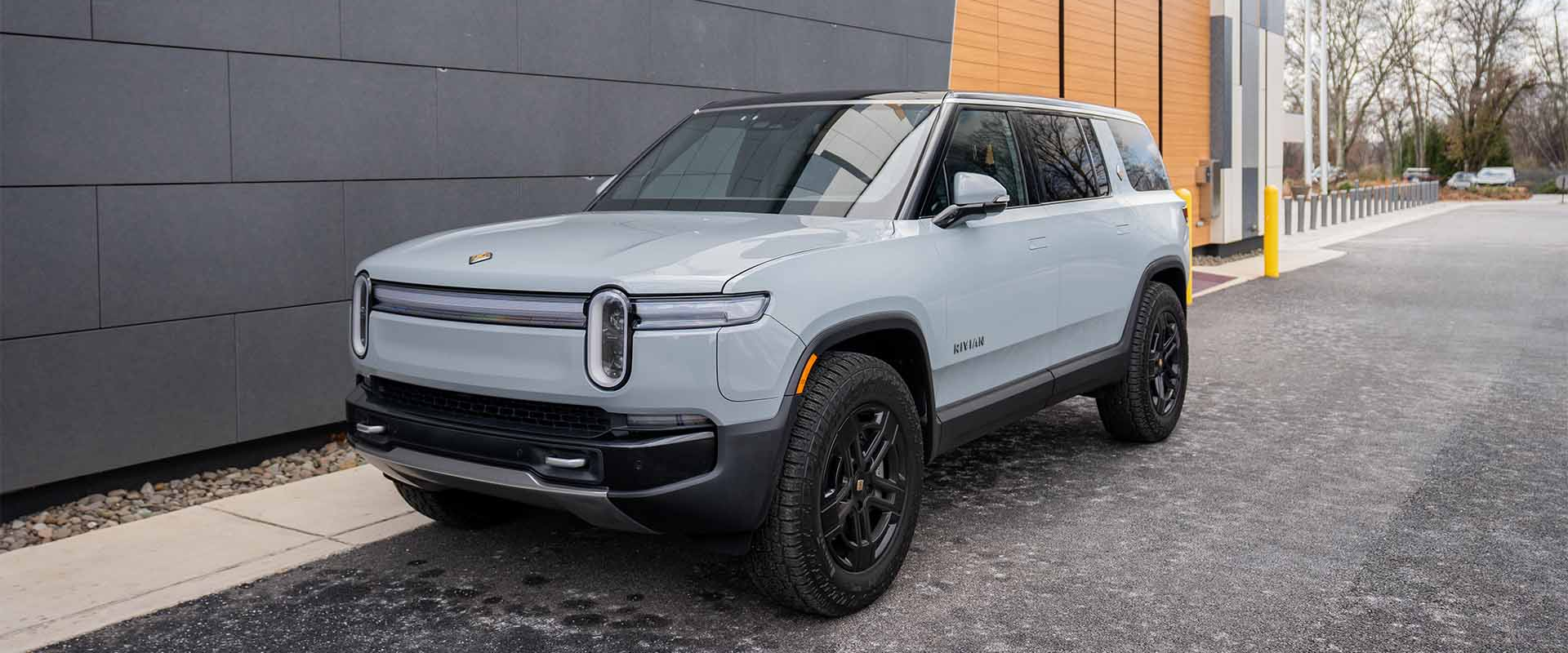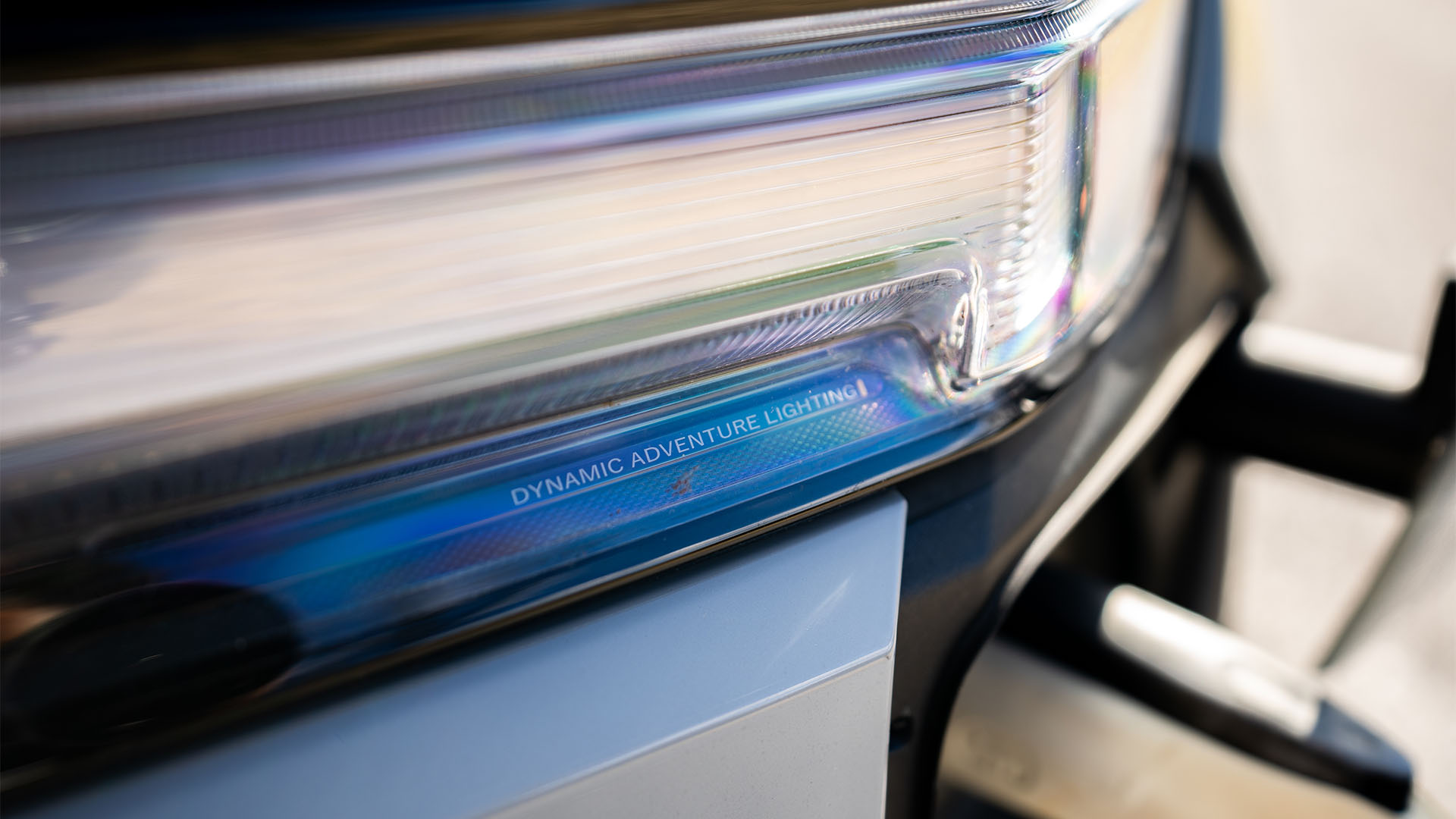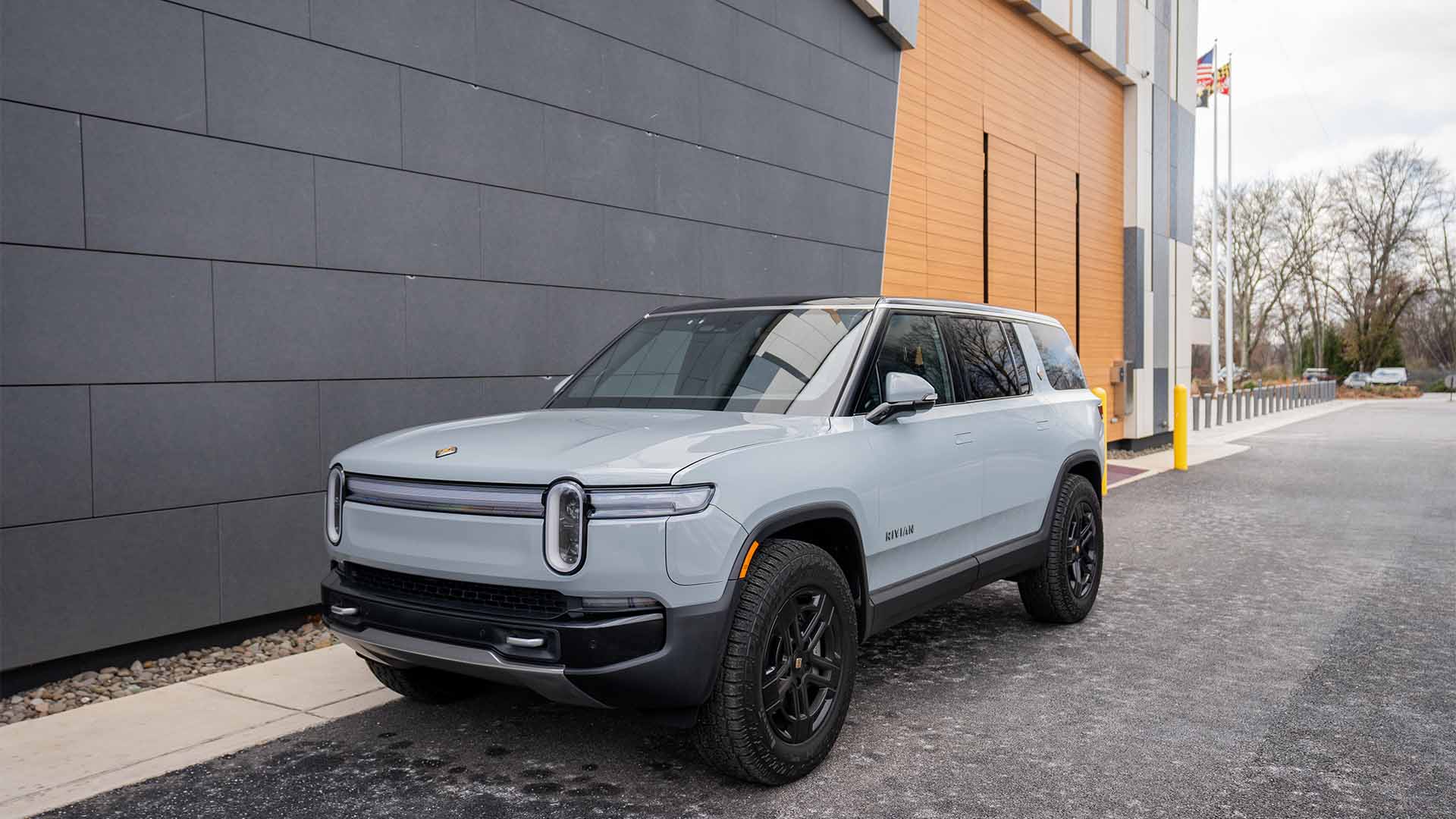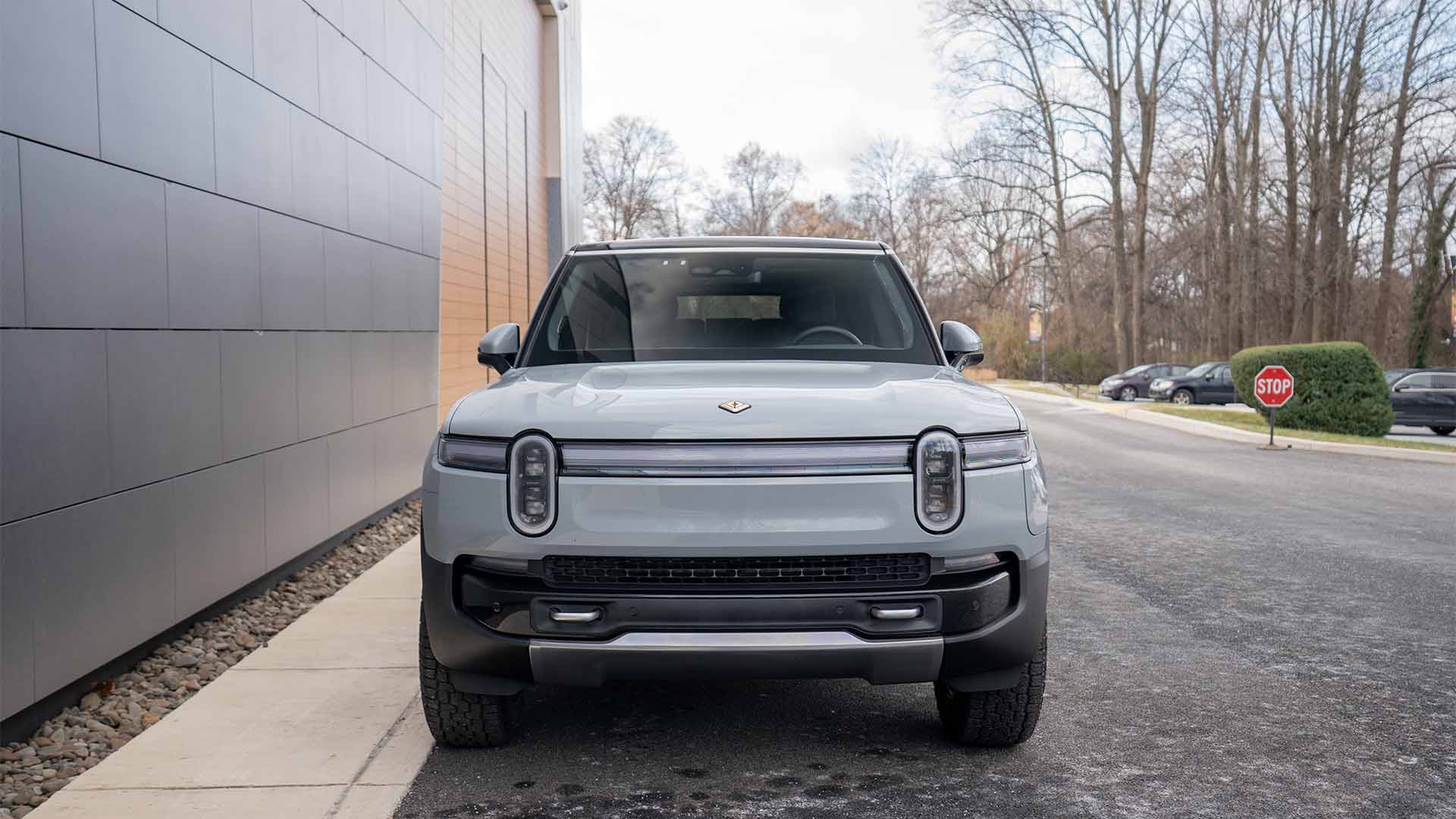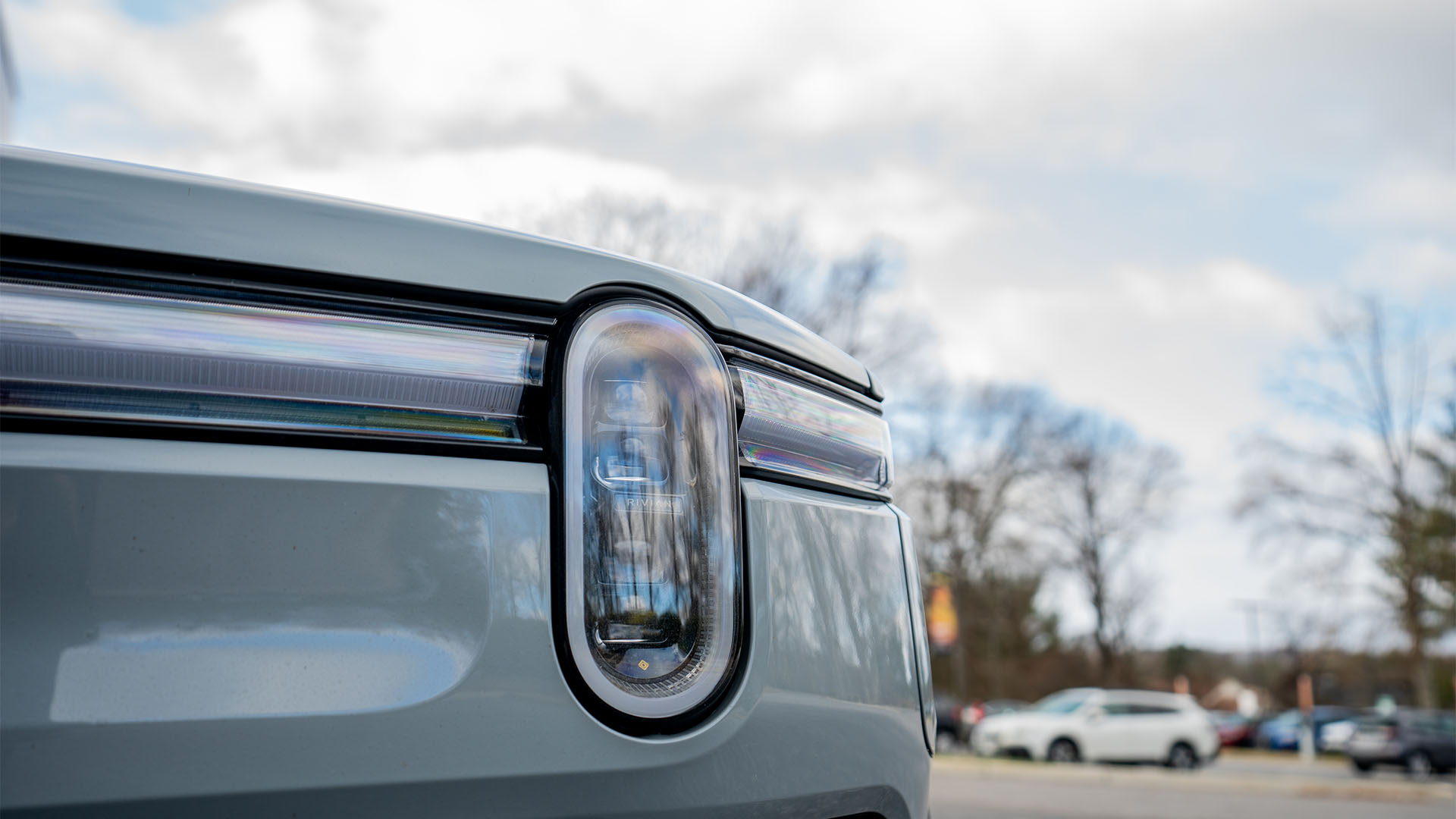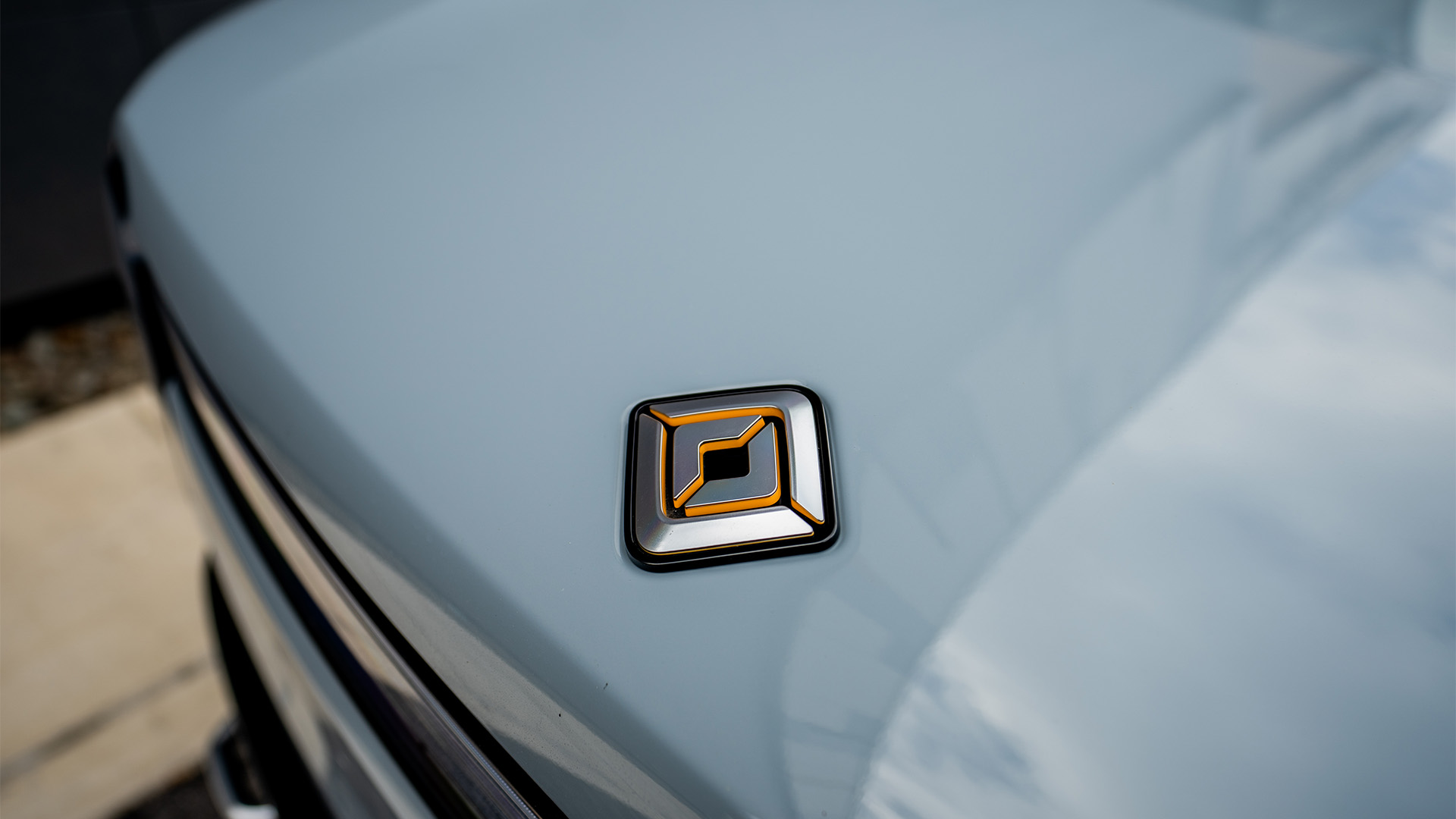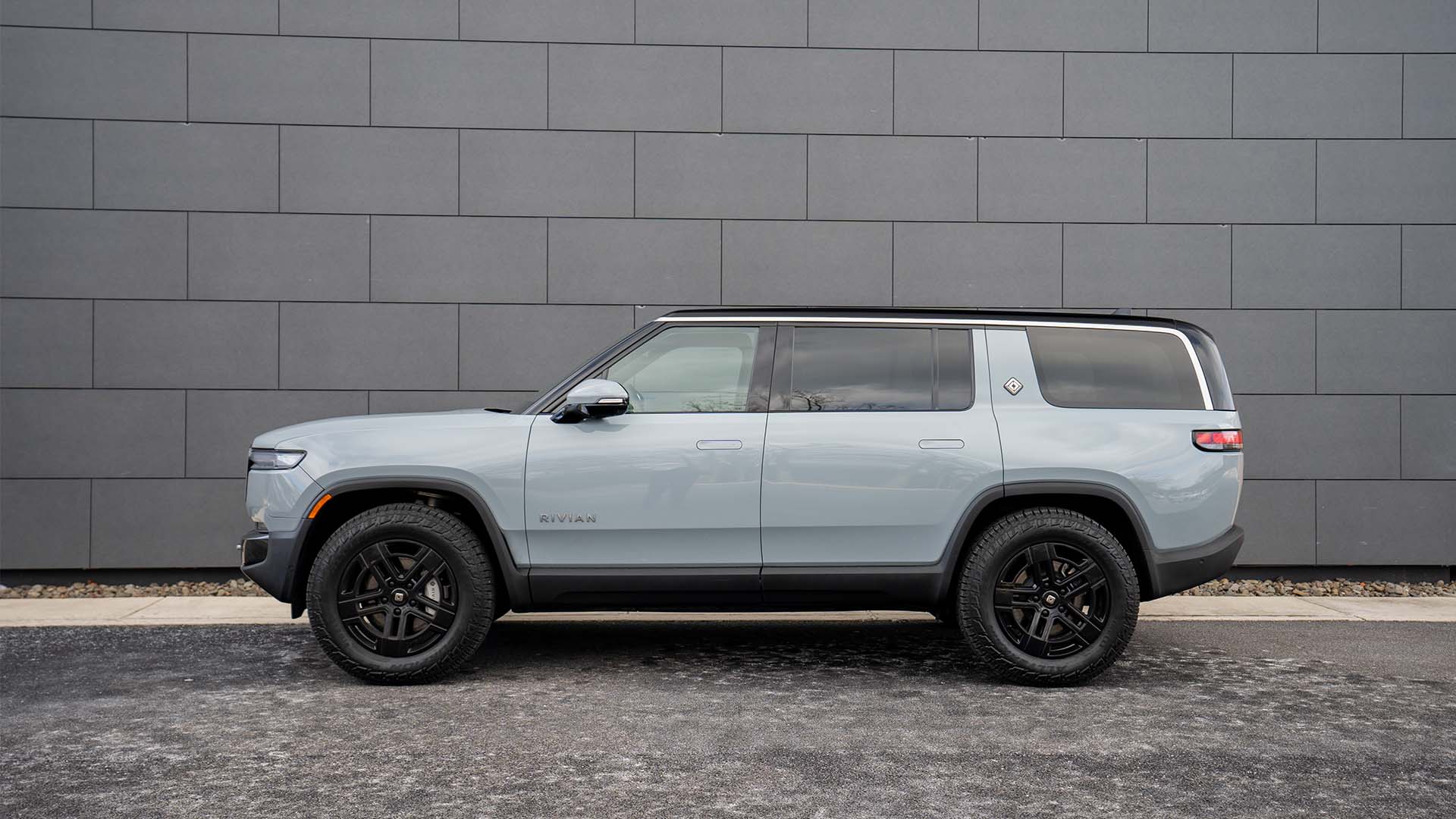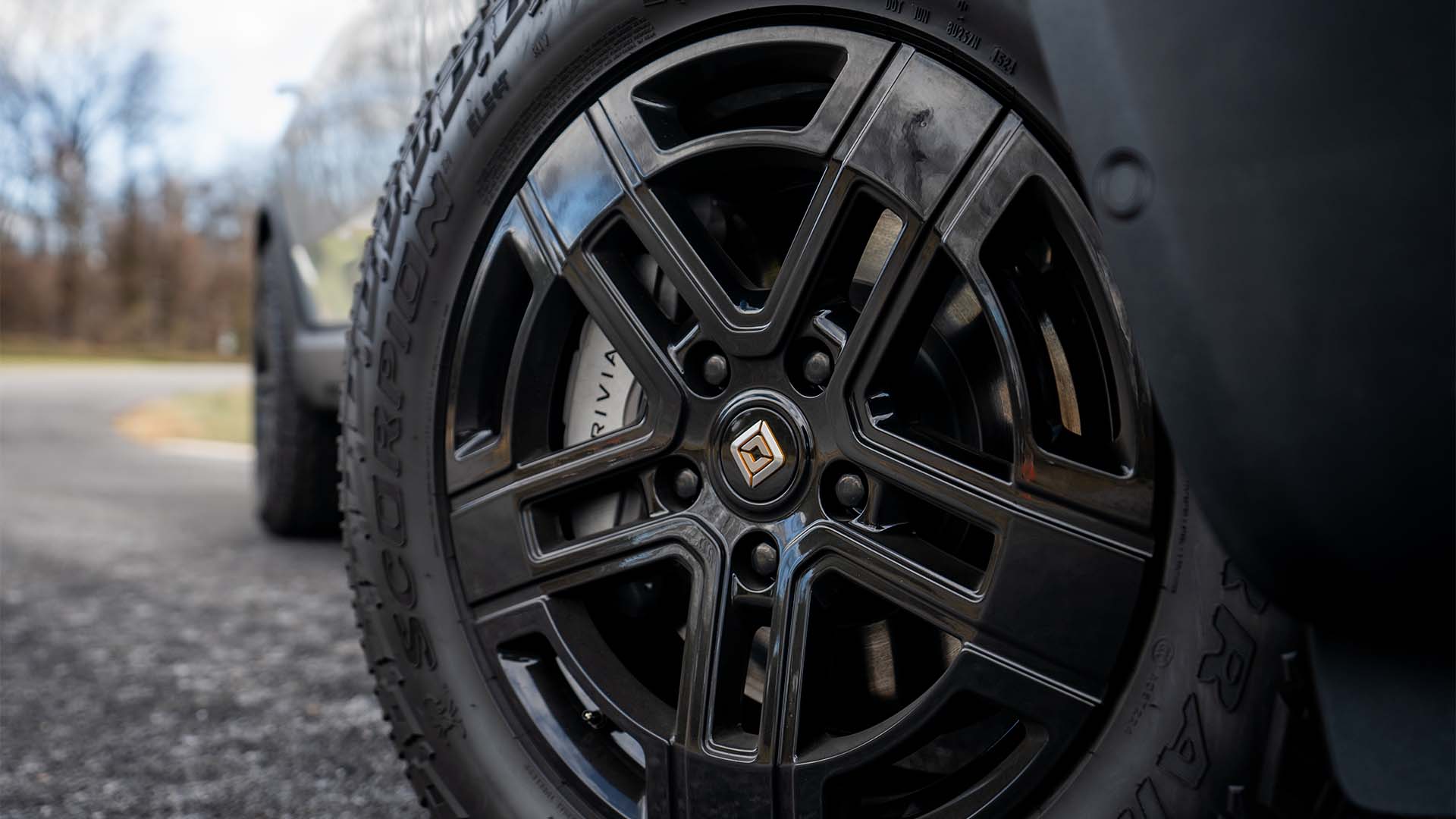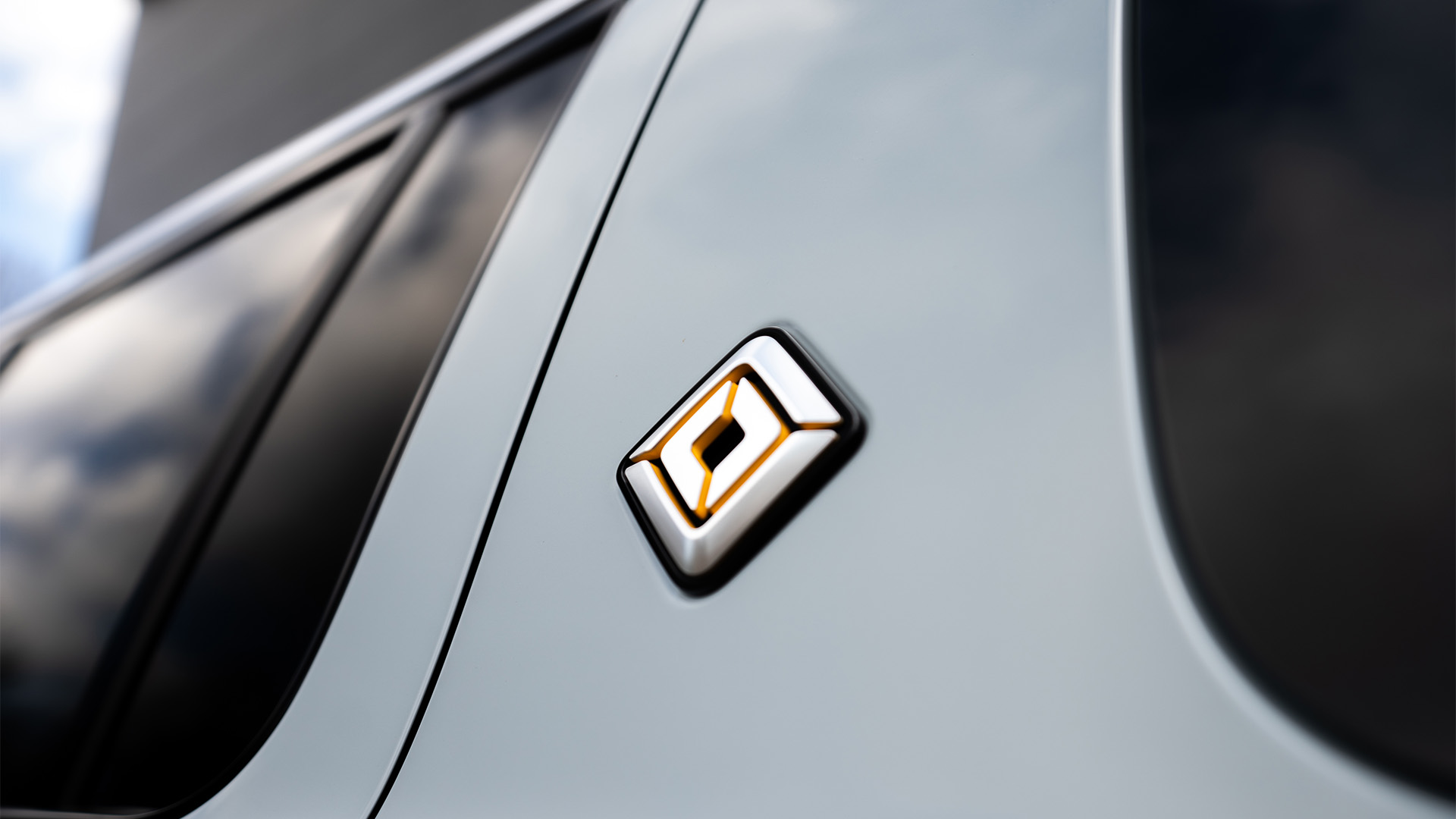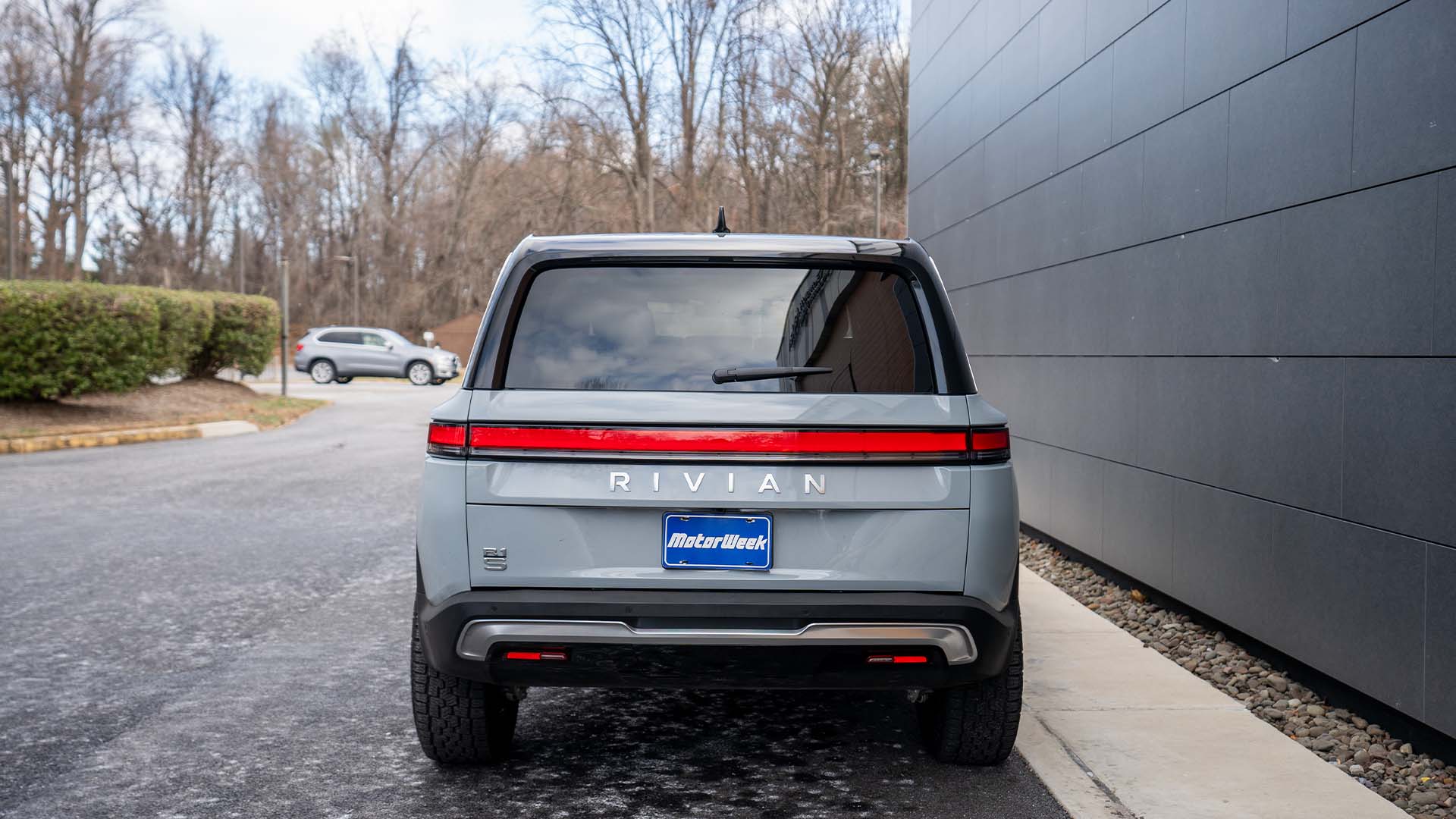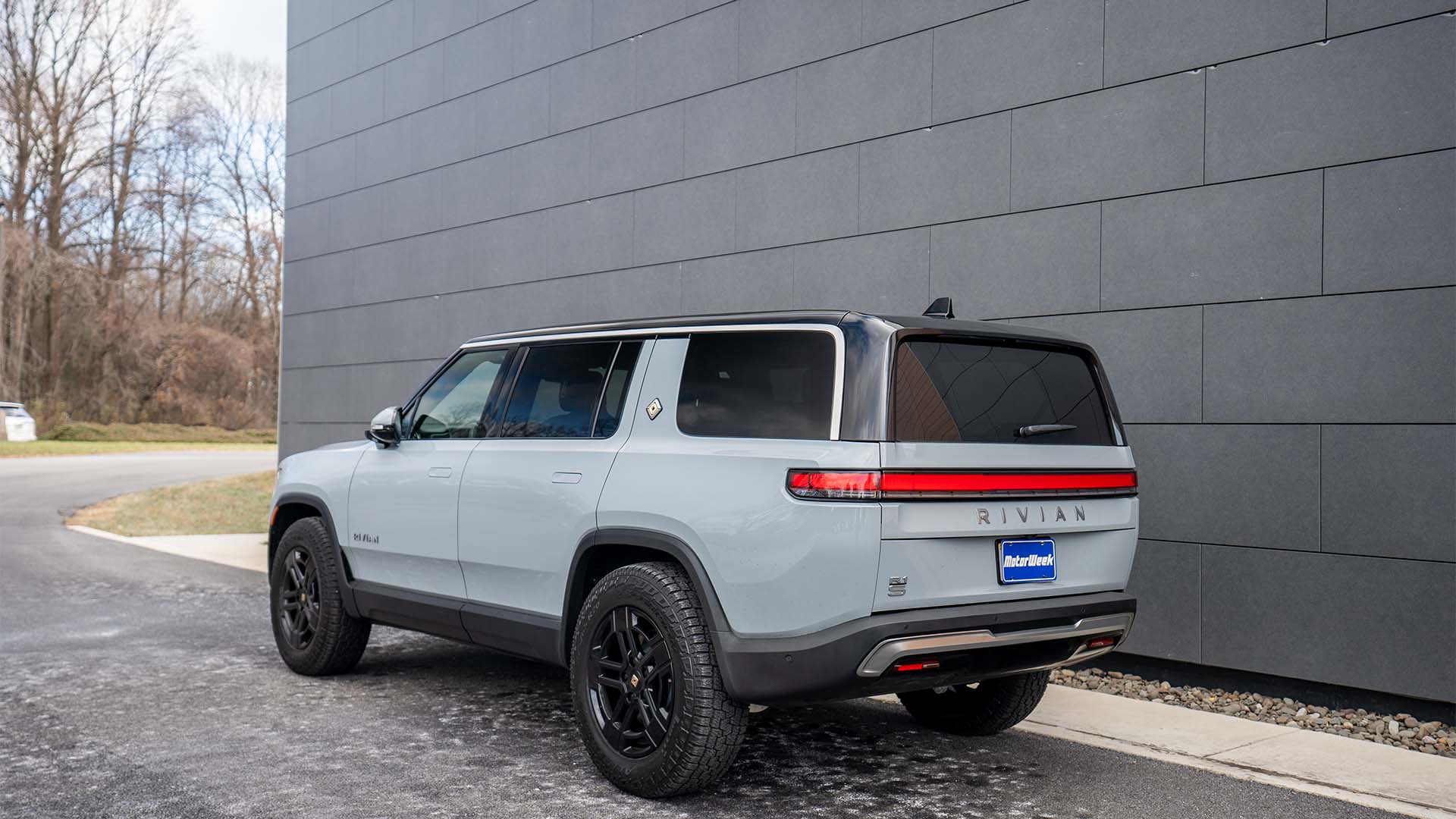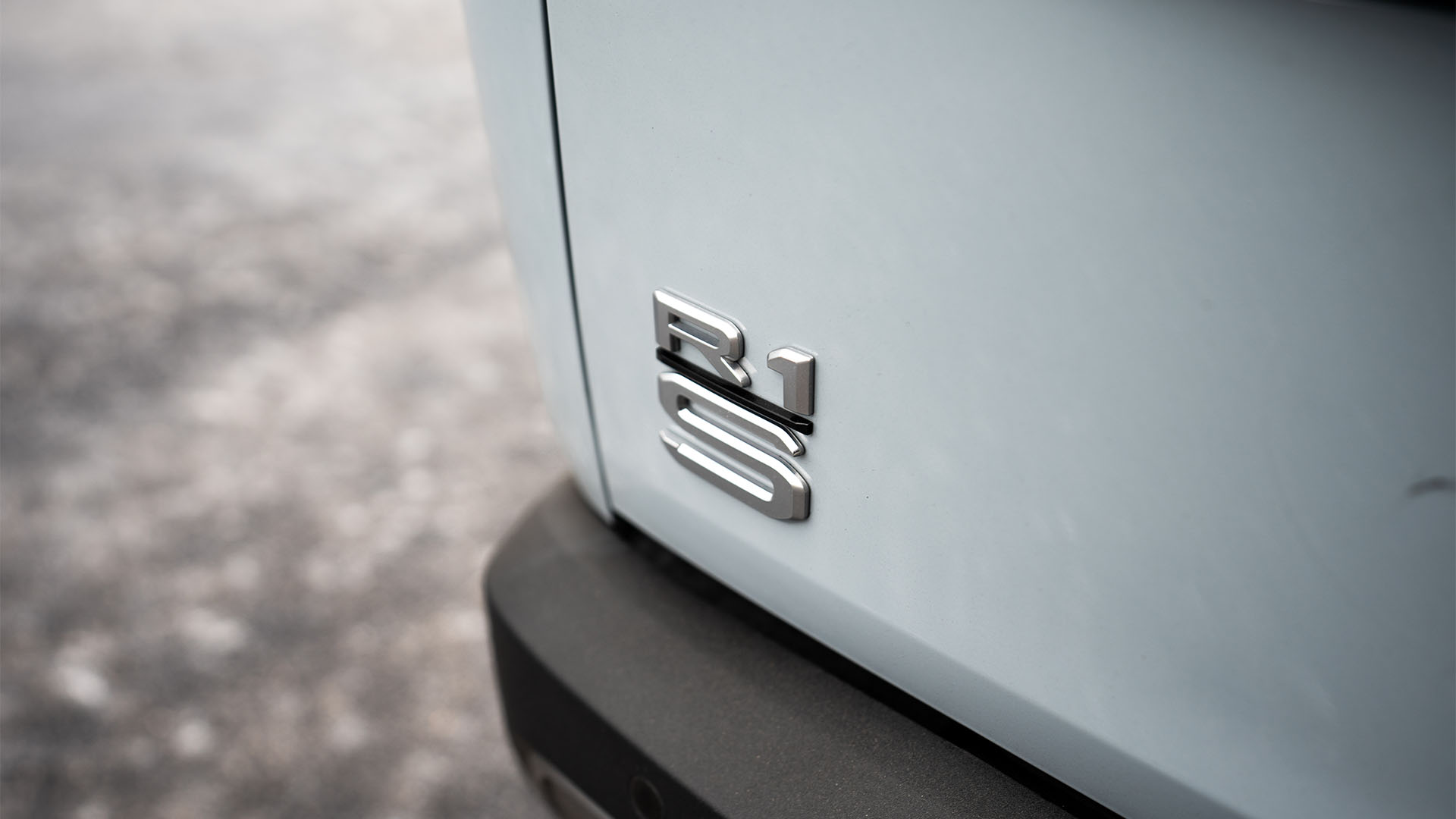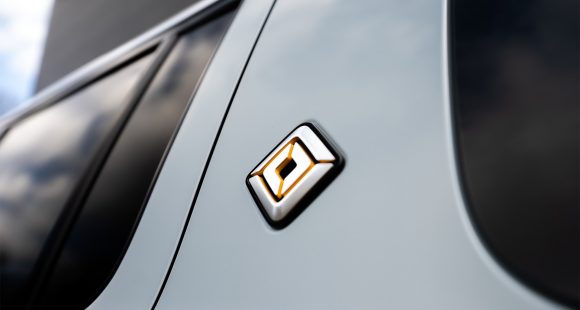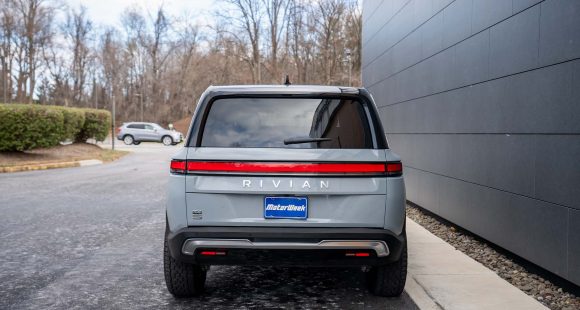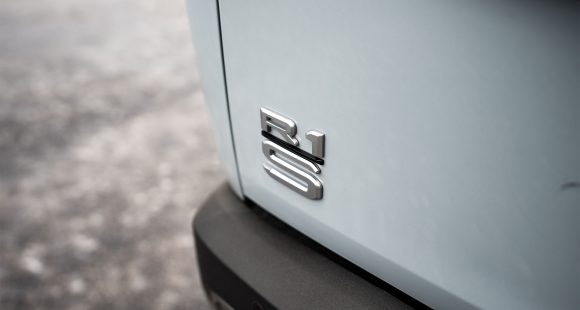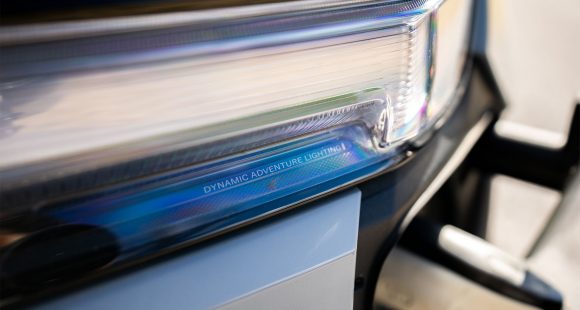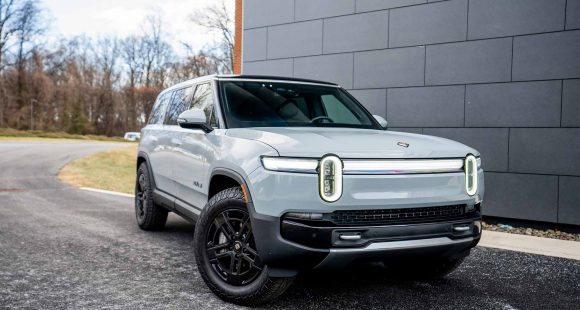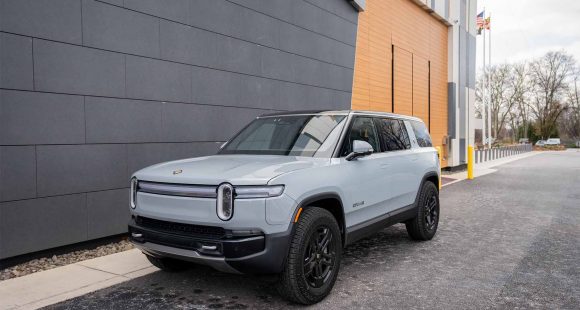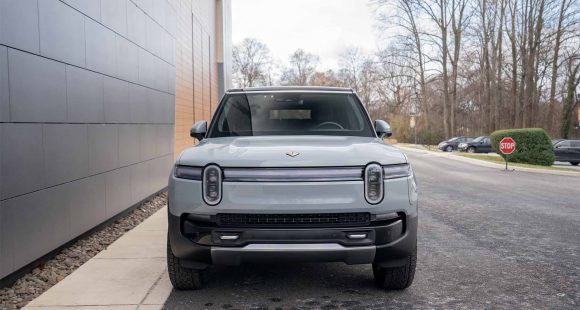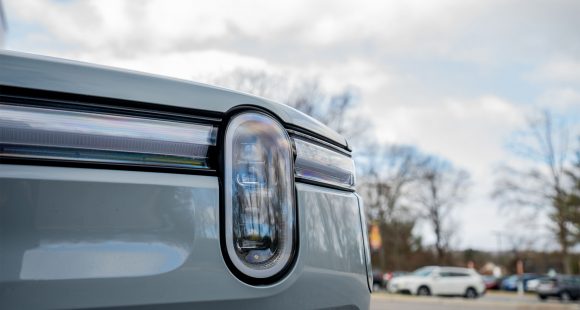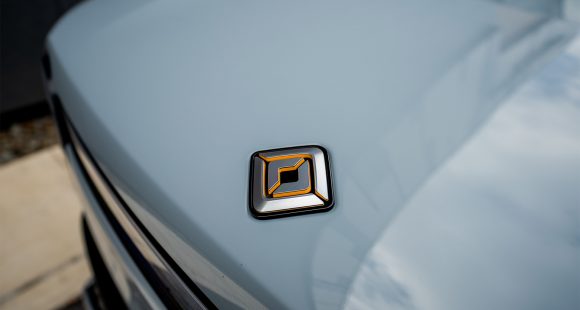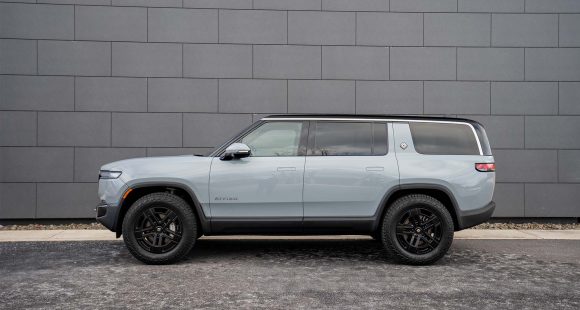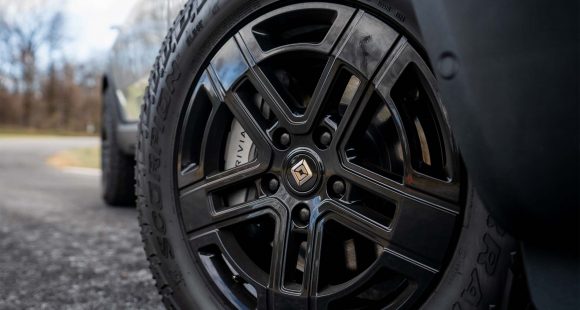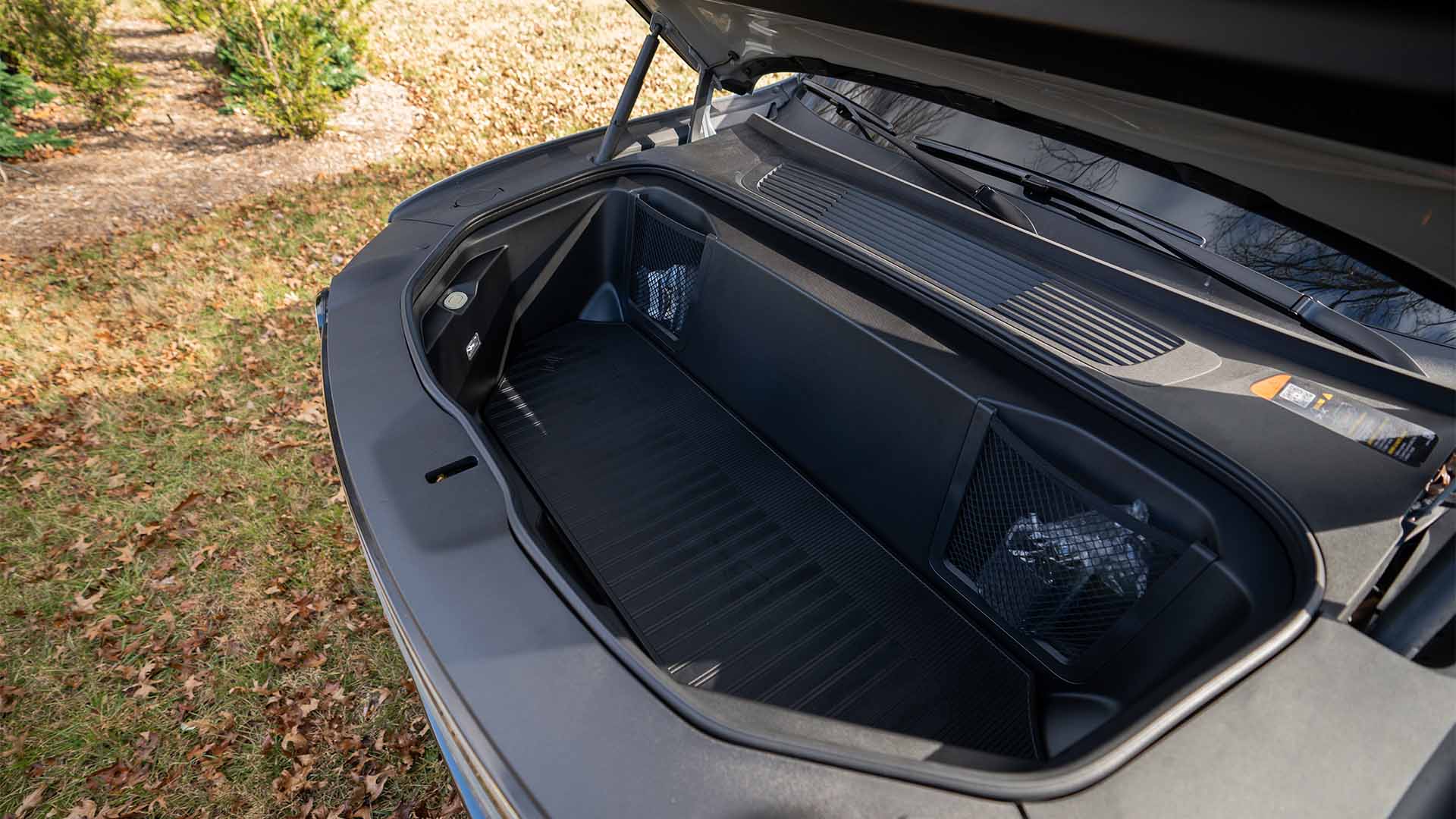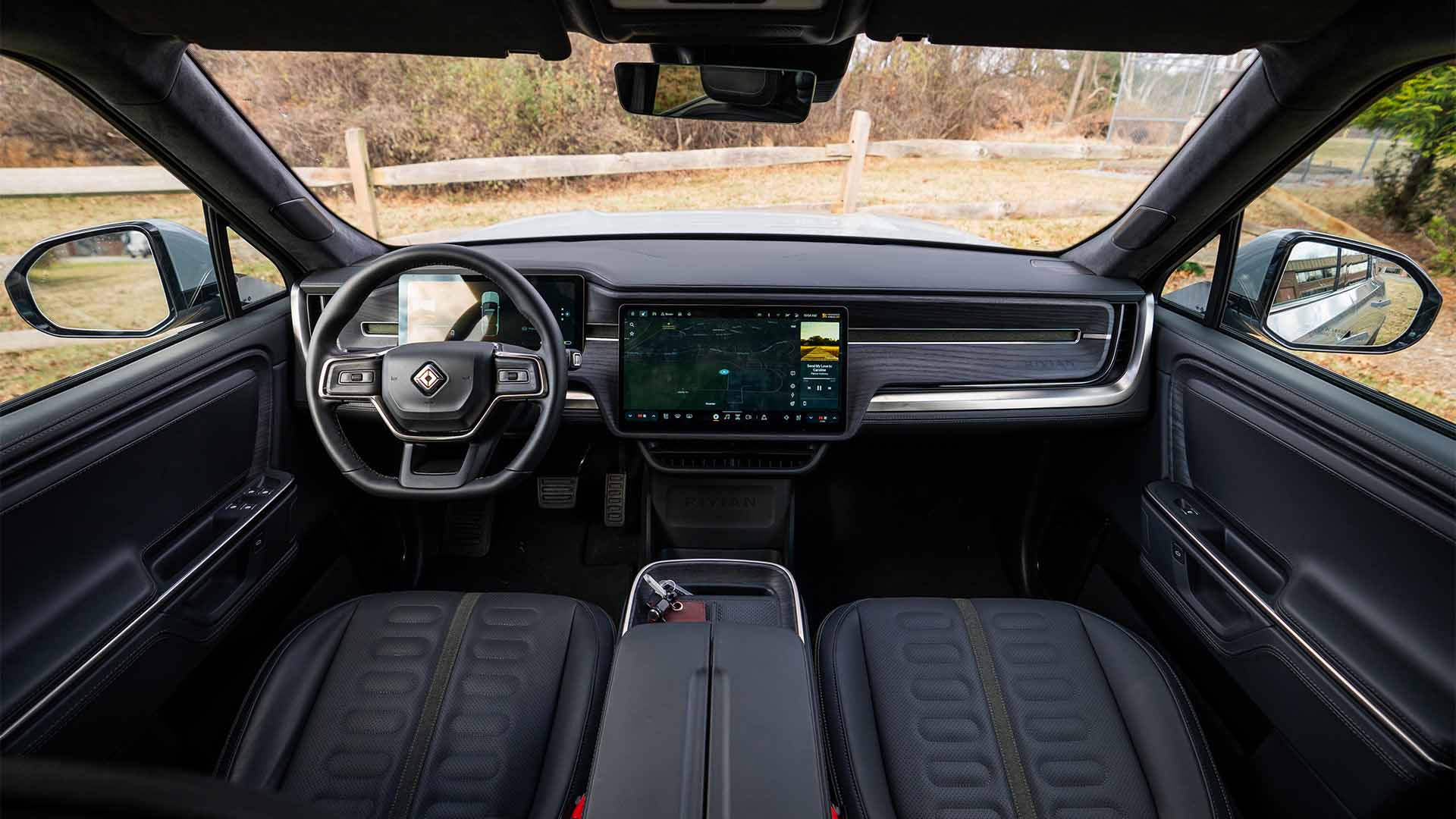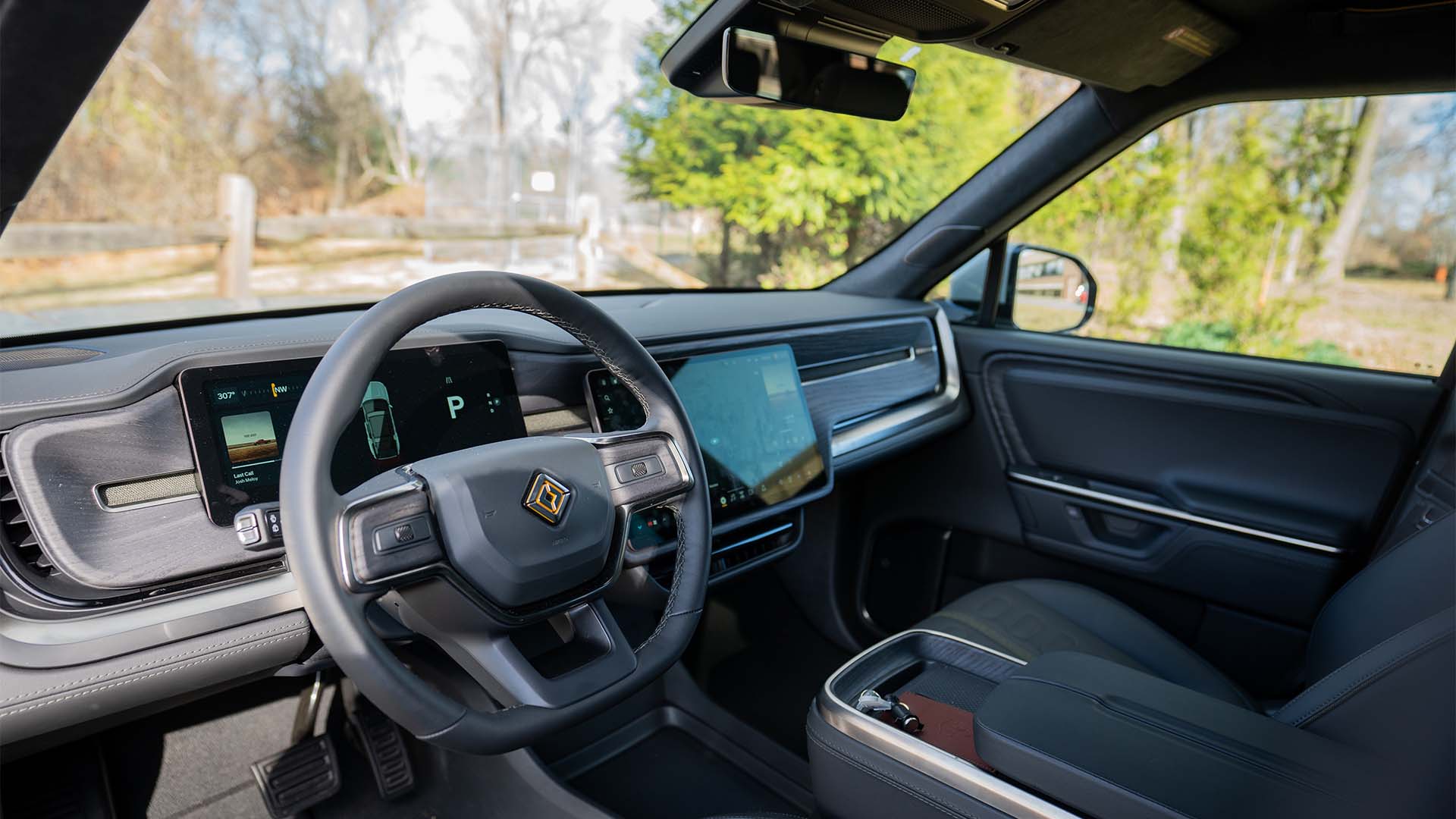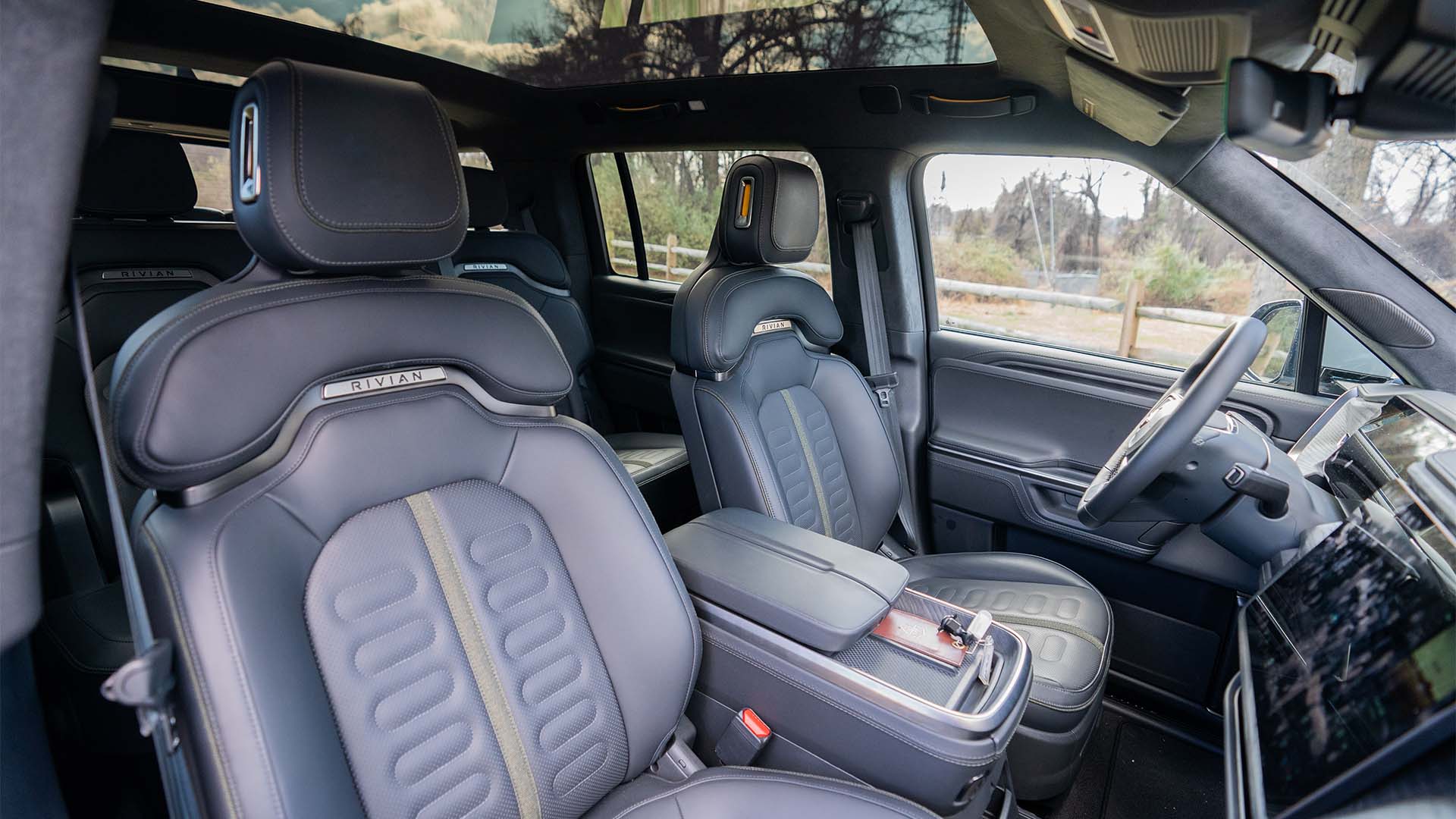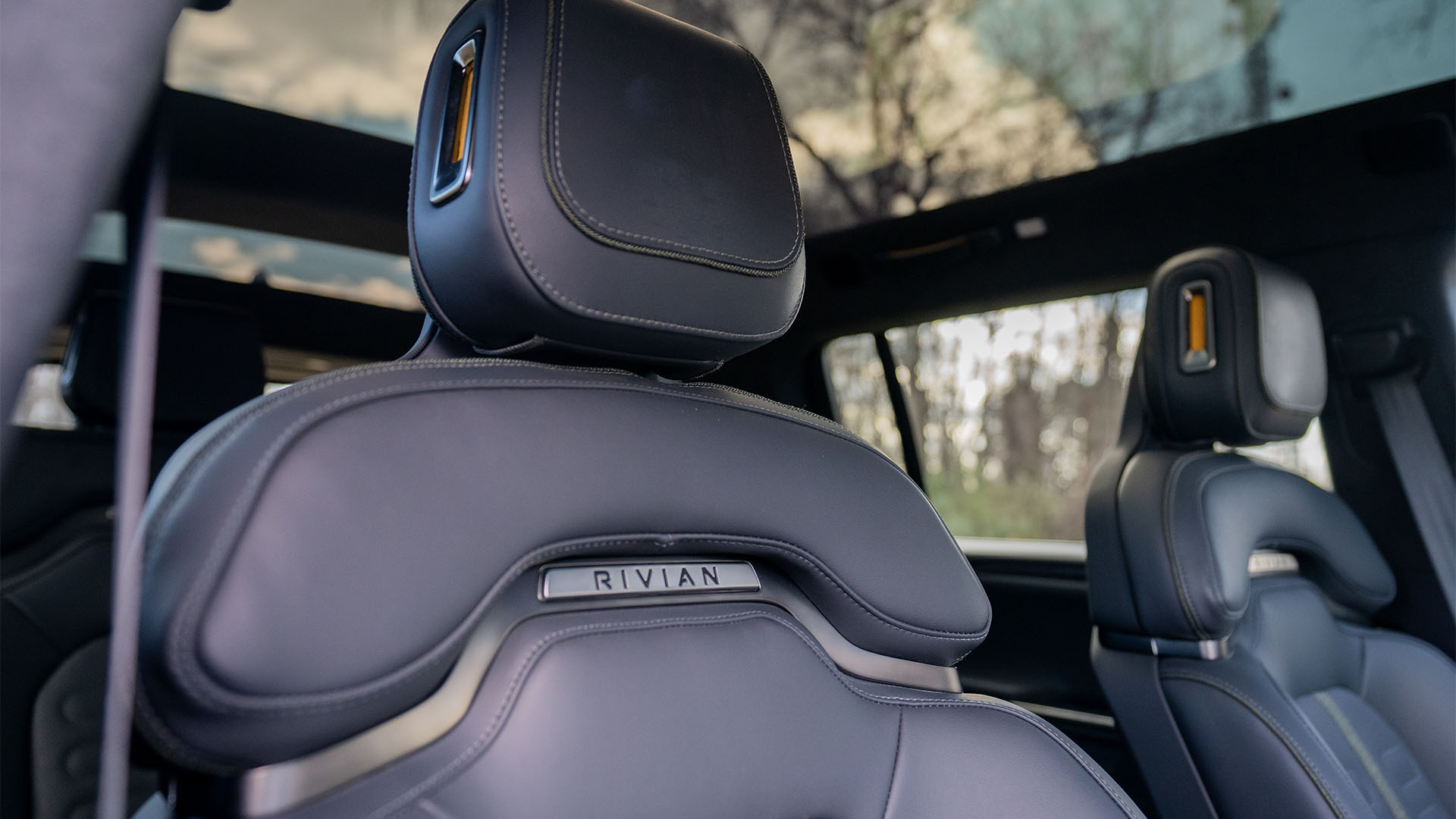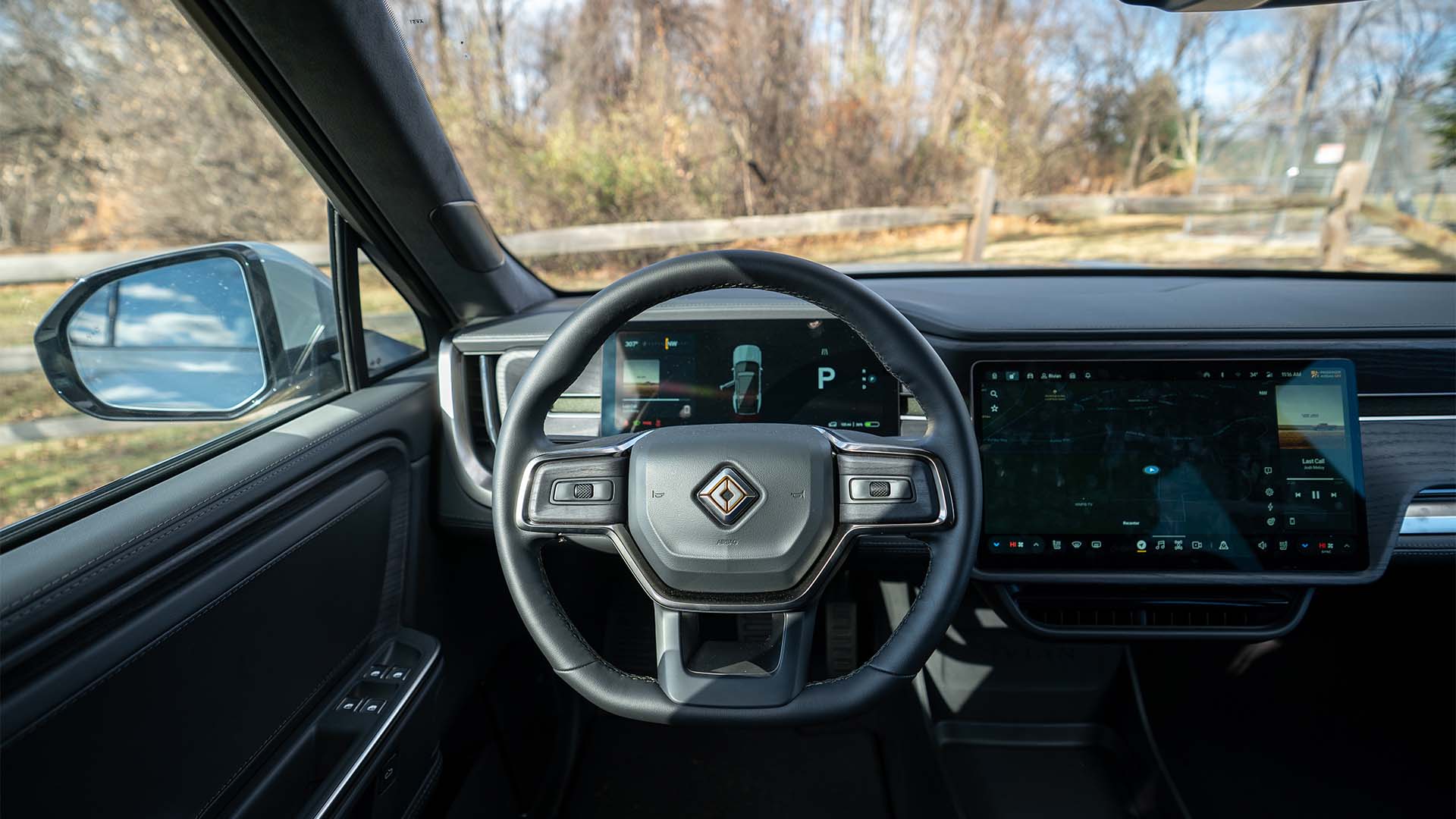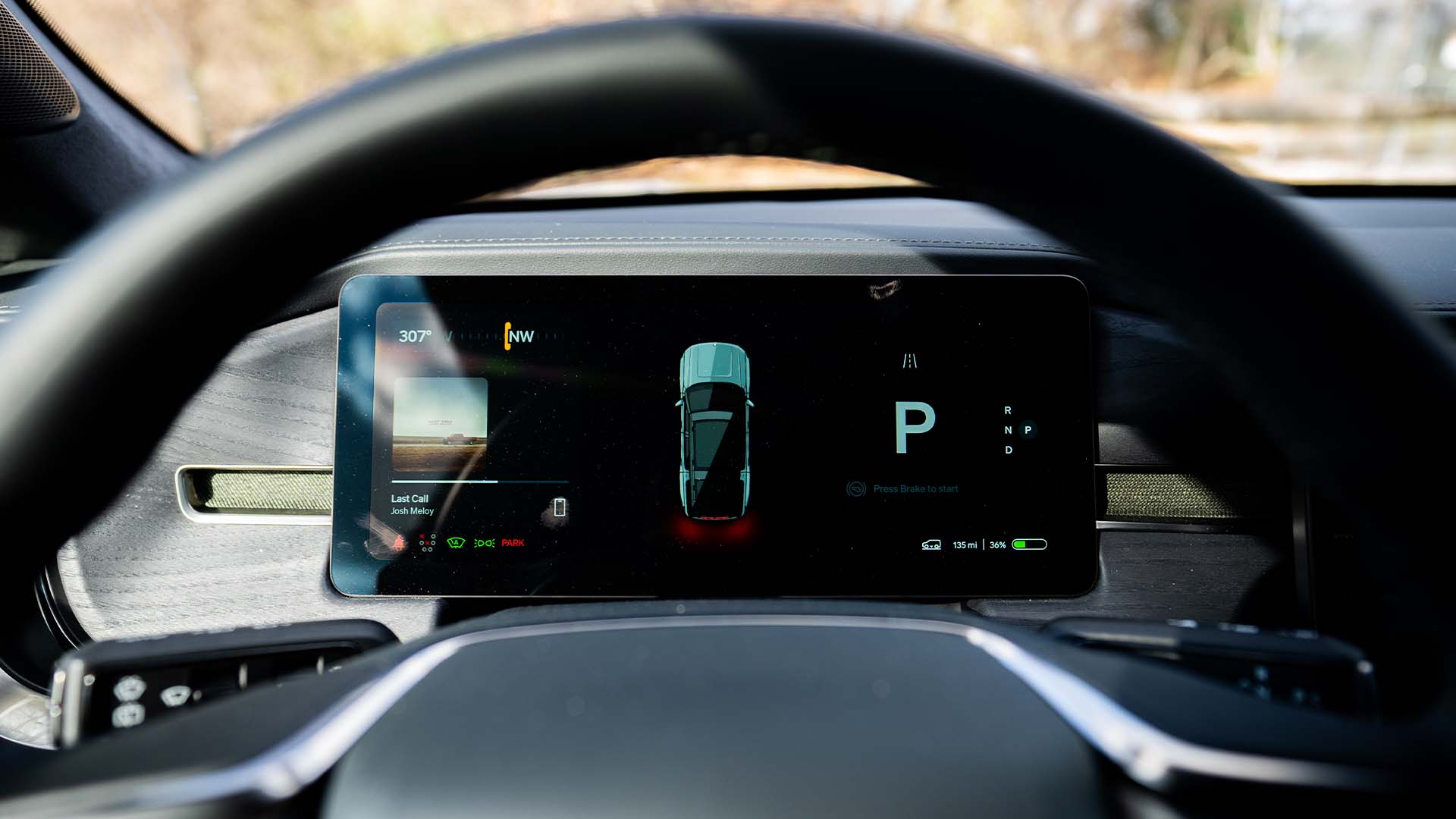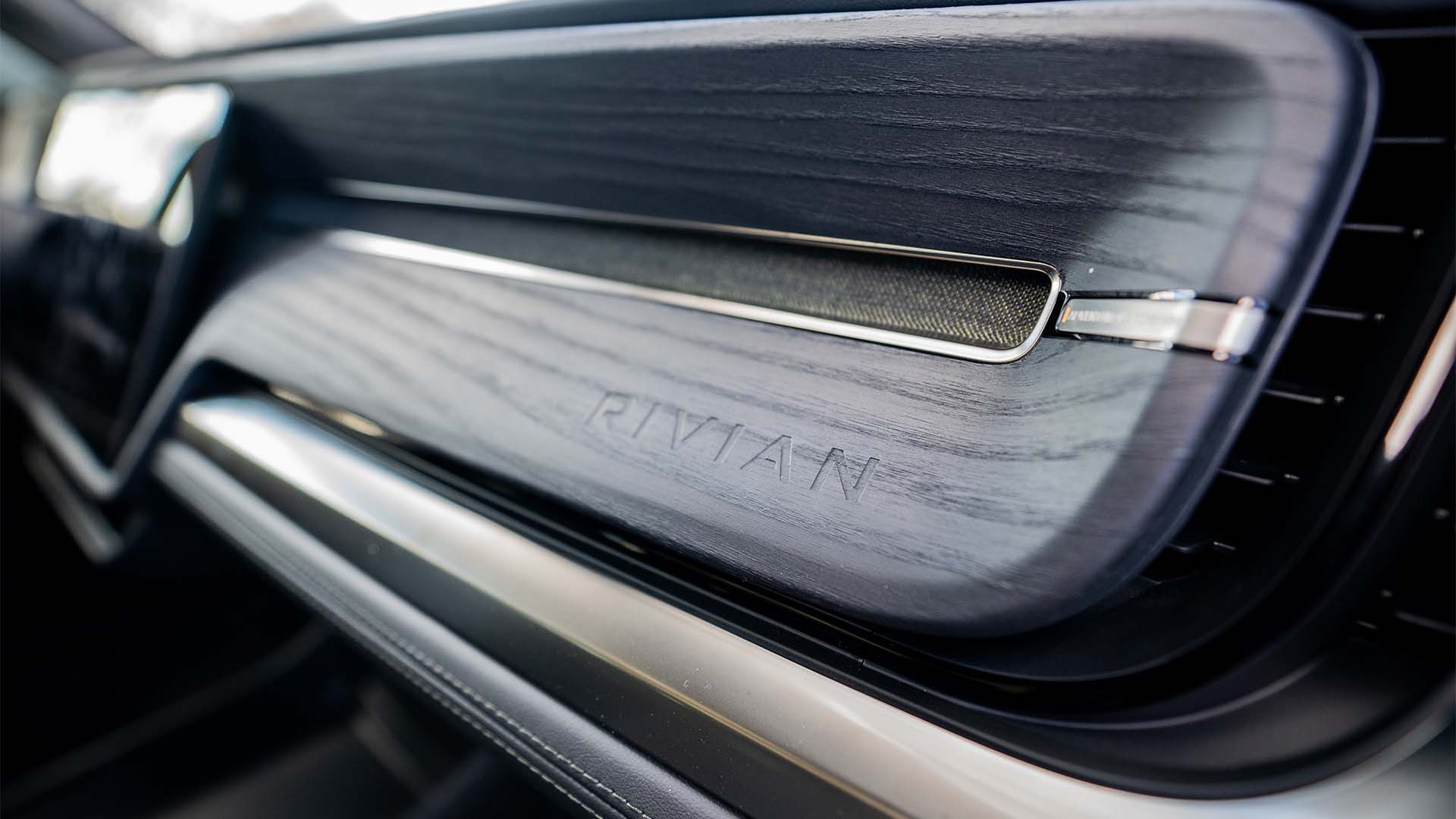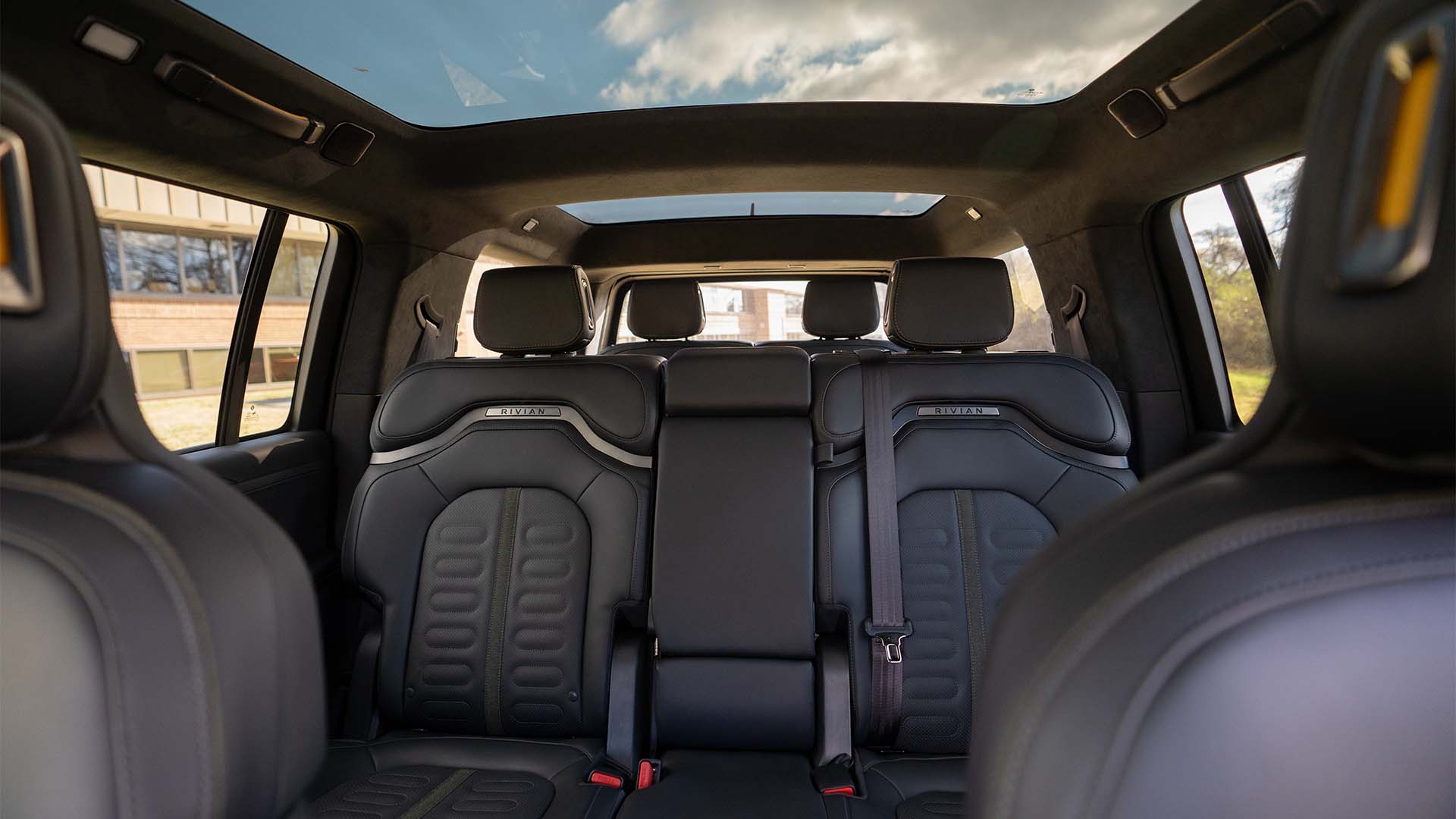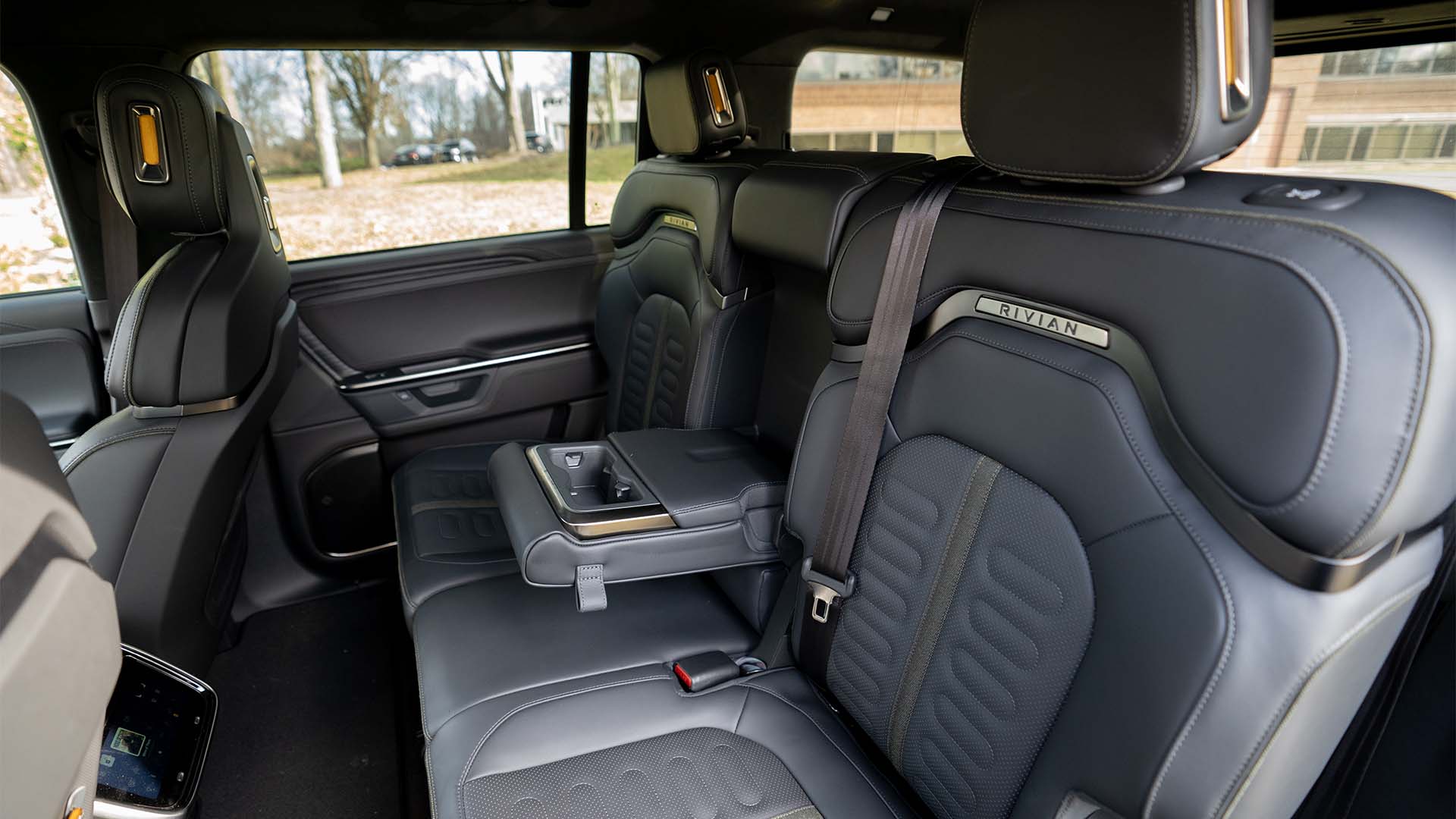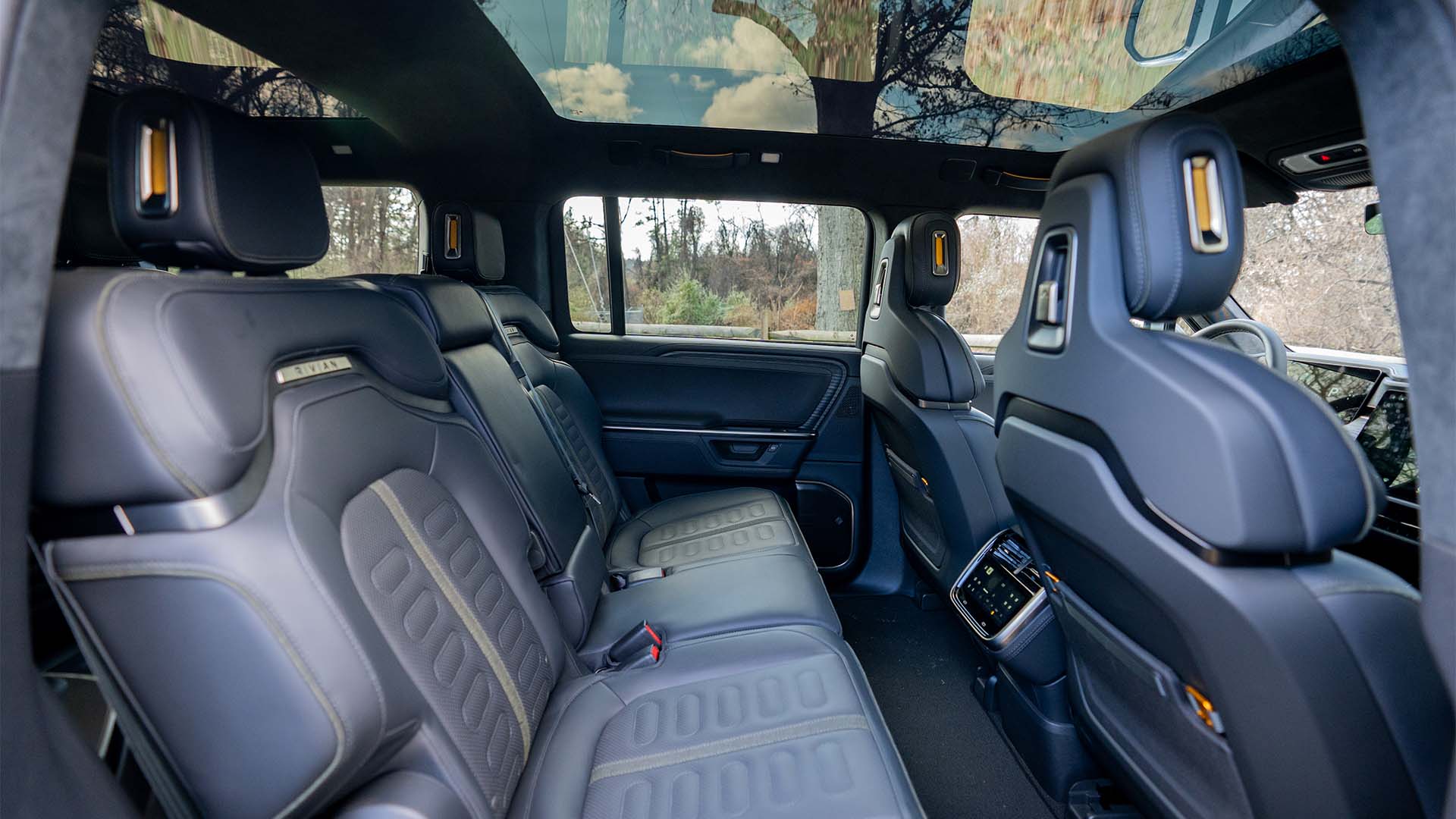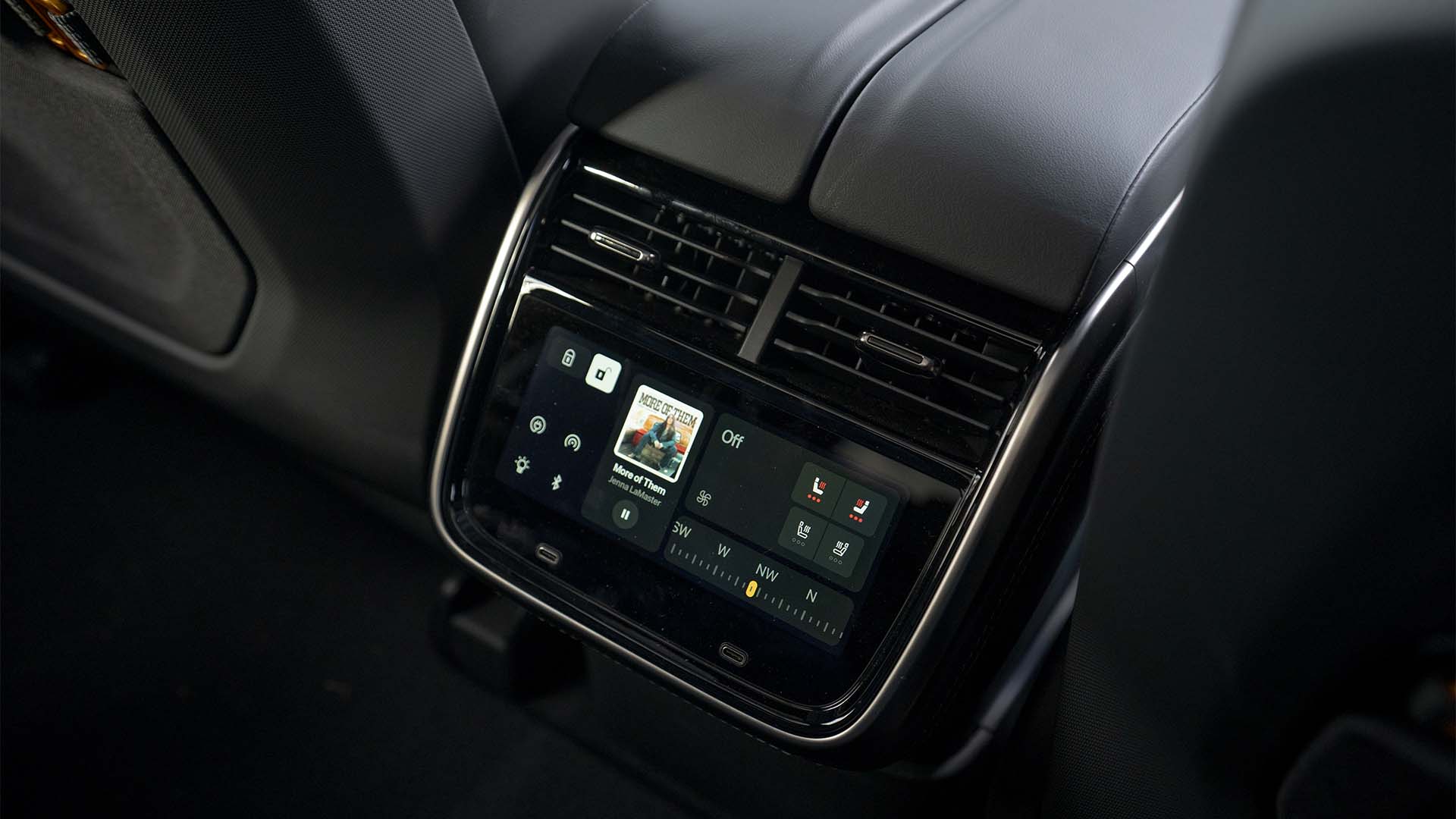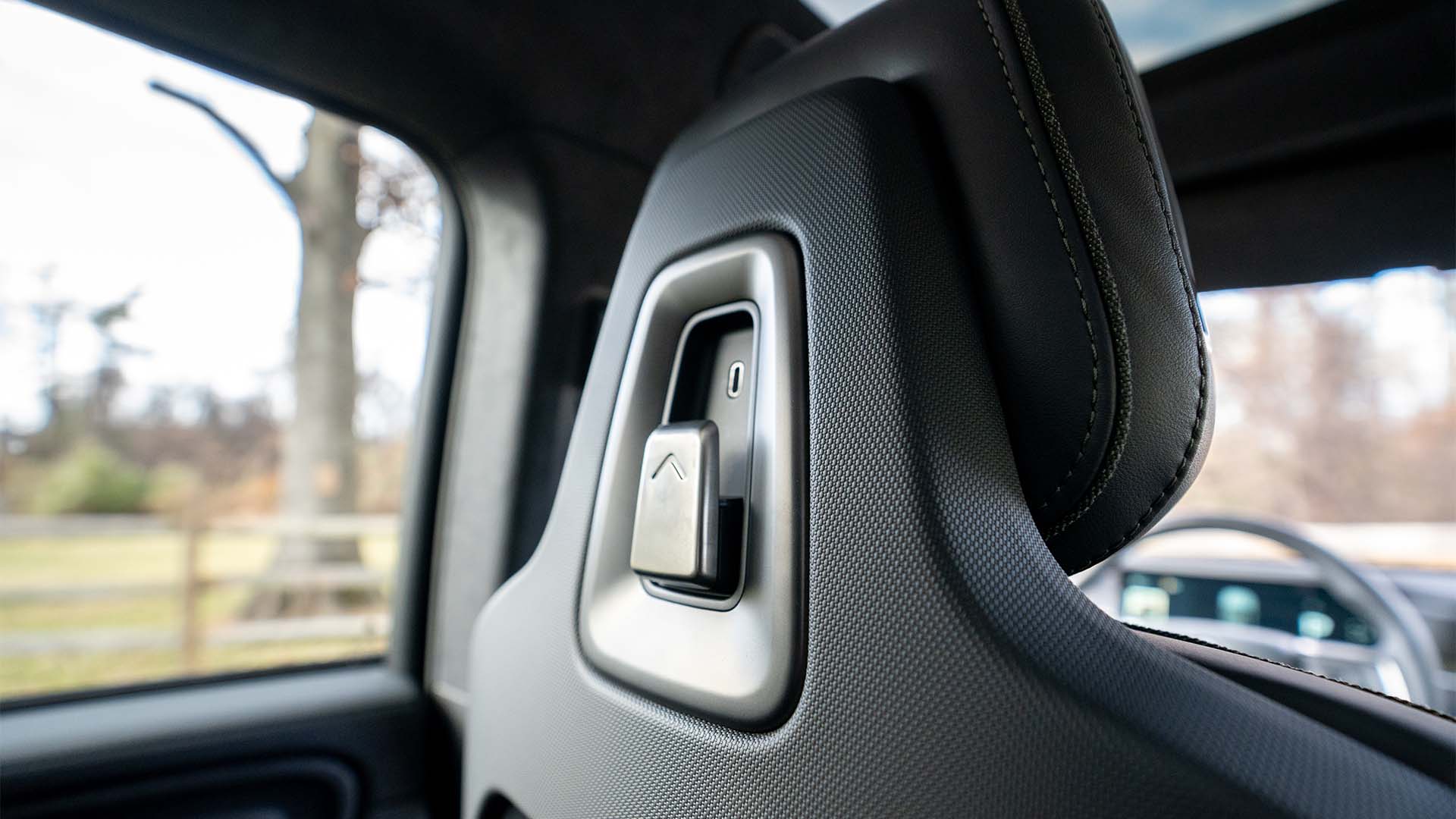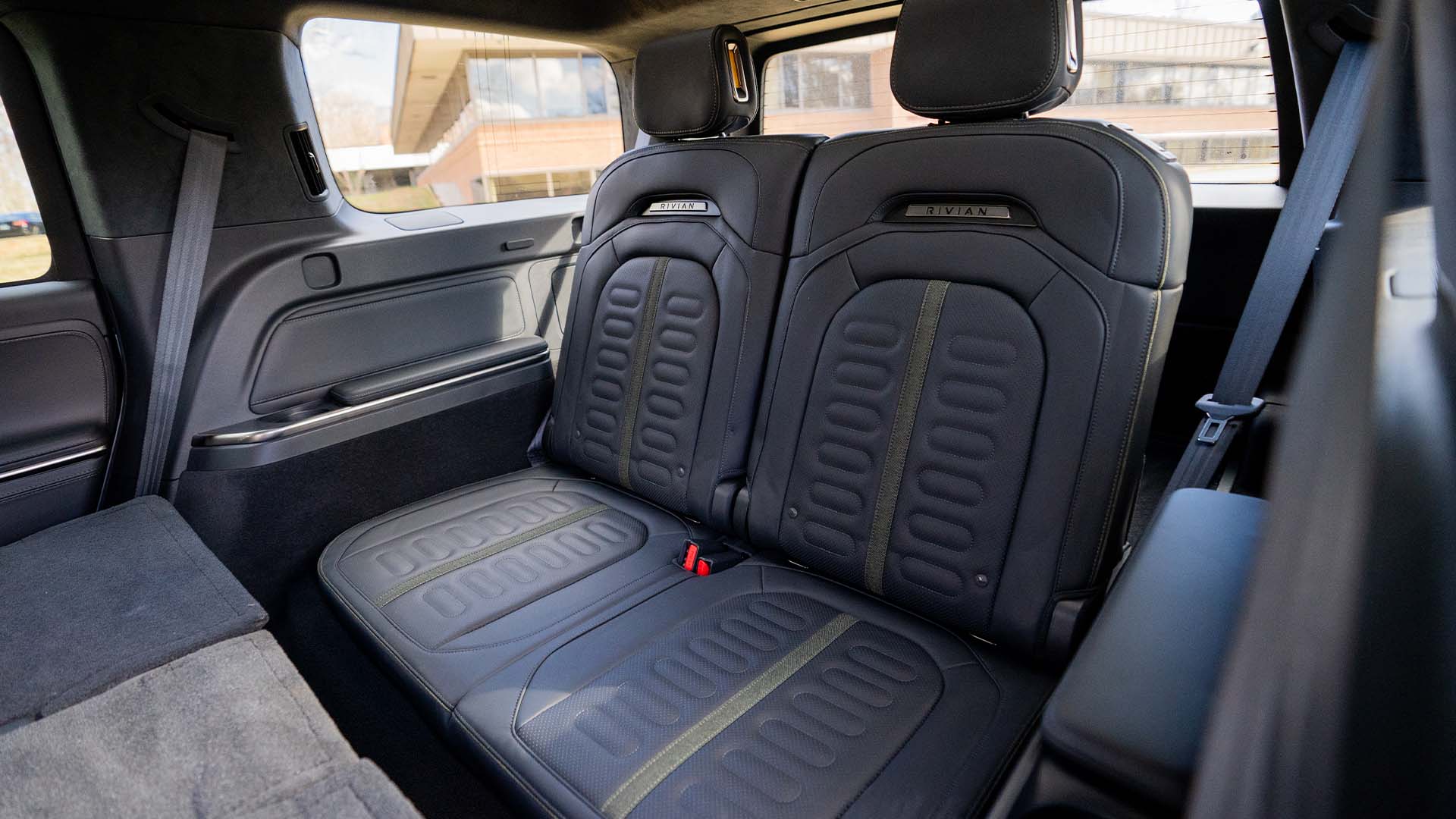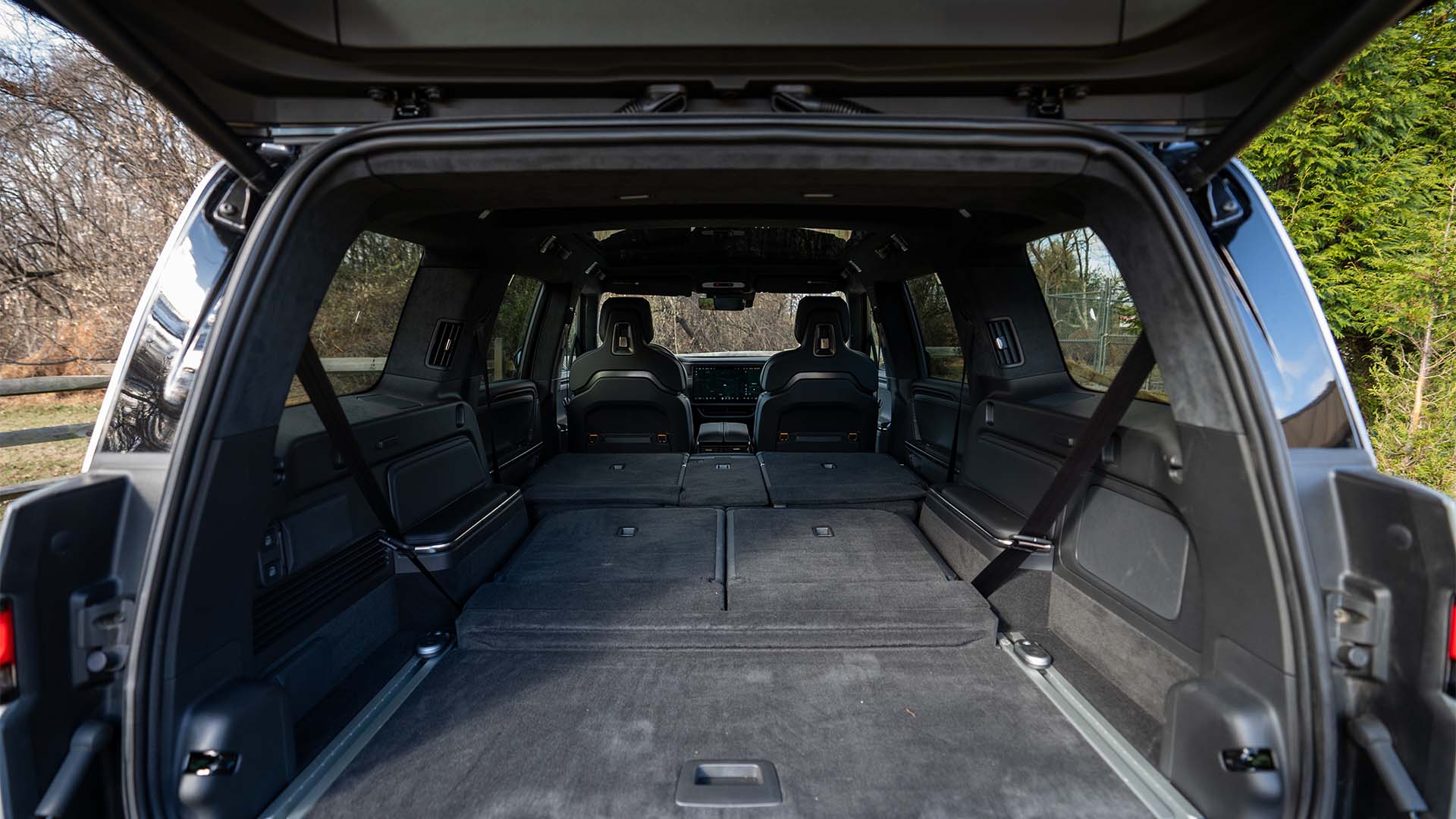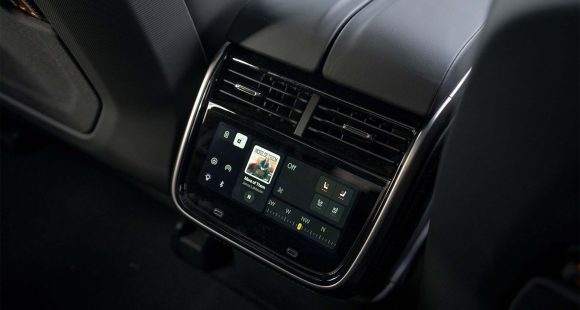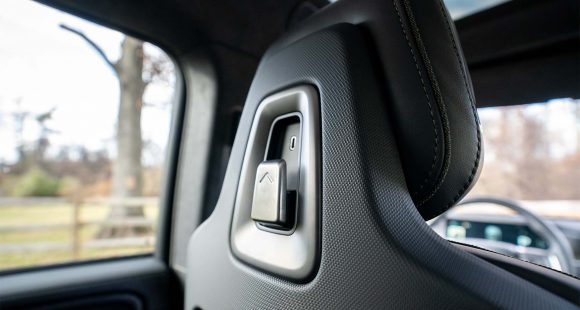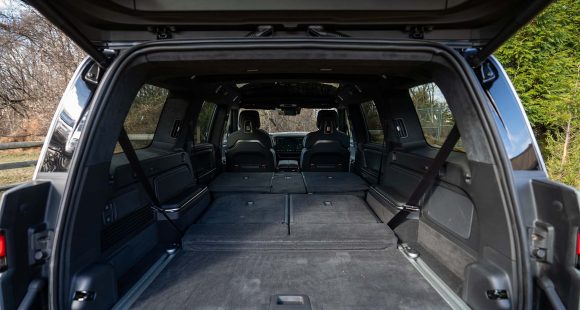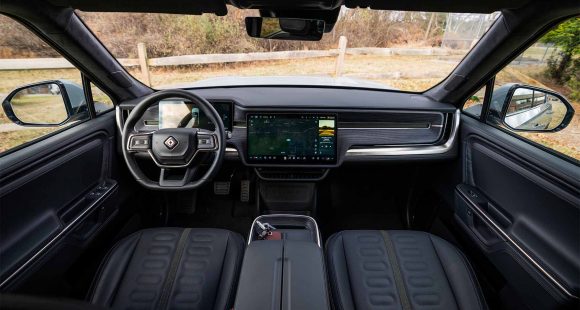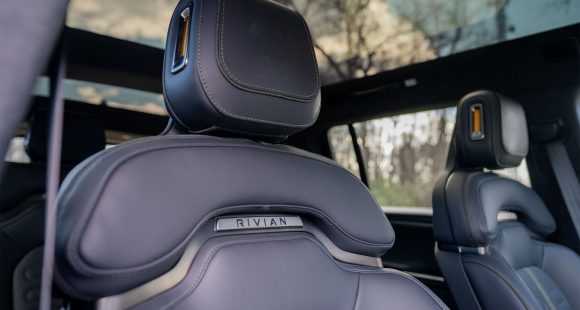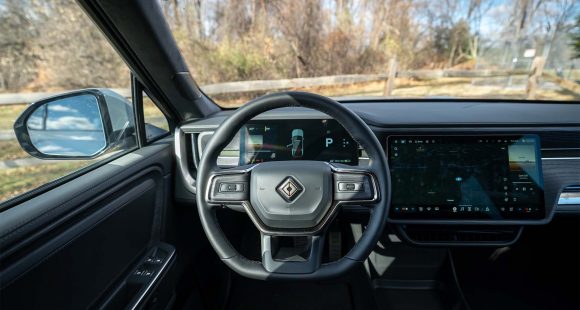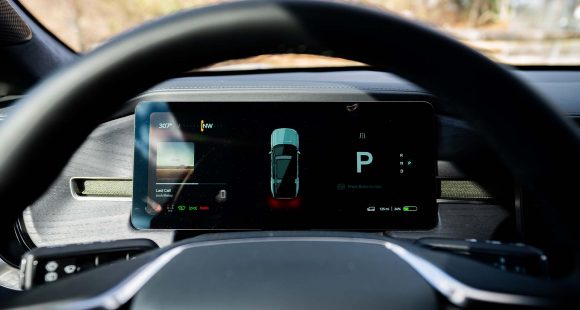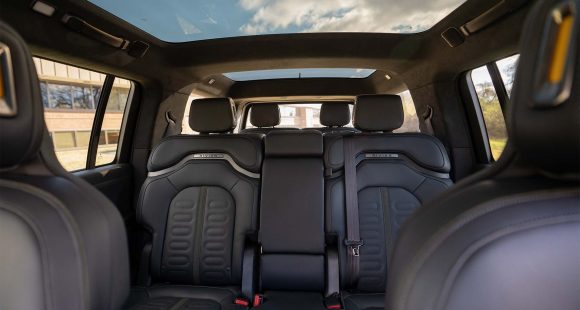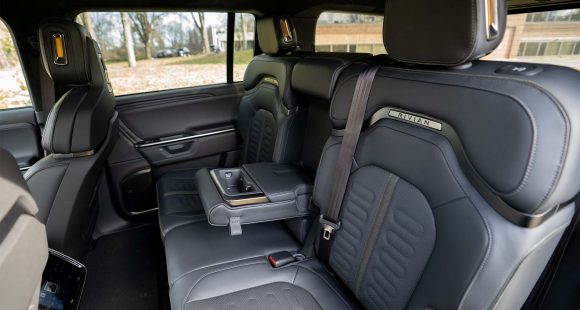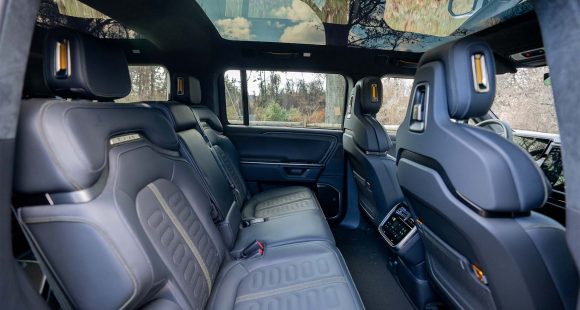2014 Kia Forte
With each new generation of their Forte compact, Kia has gotten increasingly serious about giving small car stalwarts Civic and Corolla a real run for buyer’s money. The first design was competent, while the second gen was another step in the right direction, albeit a small one. Now, Kia has stepped up their game again as a third generation Forte marches onto the scene. So let’s see if this step is another small one, or a leap?
At first glance it’s obvious that this 2014 Kia Forte sedan takes on the Euro-inspired design language of other recent Kia's…with its large multi-sided grille, and very sharp looking sheet metal when viewed against more vanilla rivals like the Honda Civic, and Nissan Sentra. Only the now quite stylish Toyota Corolla, and sister Hyundai Elantra, visually compare.
A 106.3-inch wheelbase and 179.5-inch length make Forte longer, lower, and wider than before, slotting between Civic and Sentra in size. As before, a 5-door hatchback and 2-door Koup will also be available, both featuring even more aggressive styling.
 The nicely finished interior sees a much softer makeover, with a refreshingly simple layout that still appears more expensive than it is. Front seats, despite being thin and narrow, are comfortable enough for the daily commute, if not so much for long distance work. The same goes for the rear seats where room and shape of seats is also most suited for a pair of commuters.
The nicely finished interior sees a much softer makeover, with a refreshingly simple layout that still appears more expensive than it is. Front seats, despite being thin and narrow, are comfortable enough for the daily commute, if not so much for long distance work. The same goes for the rear seats where room and shape of seats is also most suited for a pair of commuters.
Where Kia really seems to be standing out is with their UVO infotainment system, which works much better than all of their competition and even many high end luxury car systems. The touchscreen is incredibly intuitive, and all controls, including those for radio and navigation, are first class.
Speaking of class, our EX tester had the Premium and Technology Packages. They add, among other unexpected things, a heated steering wheel, heated seats, ventilated seat for the driver, push button start, dual zone climate, HID headlights, and LED tail lights.
Gauges are nice and clear, with the exception being the small digital block fuel gauge; but overall much like the rest of the interior; it’s simple, effective, and attractive. The trunk provides a good 14.9 cubic-ft. of space and the finish is surprisingly nice for a compact car. Folding rear seats make carrying long items a snap.
Two 4-cylinder engines are available, the LX’s 1.8-liter and the EX’s 2.0-liter. We suggest going with the latter and its 173-horsepower and 154 lb-ft. of torque. It feels plenty powerful for daily use, including for highway passing, which is slowed while the standard 6-speed automatic transmission hunts for a lower gear. A 6-speed manual is standard on the LX.
We took the 2.0-liter EX to the track, and despite the engine sounding like it was made my Fisher Price, all was good; though it would benefit greatly from a richer exhaust sound. Still, the 2-point-0 gets you to 60 in a class respectable 8.8-seconds, and through the ¼-mile in 16.8-seconds at 85 miles-per-hour. There is a manual shift mode for the auto, but it too is slow to respond, doesn’t help track times, and added nothing to our straight-line enjoyment.
The McPherson strut front and torsion beam rear suspension is designed more with an eye towards comfort than sporty performance. But, it equated itself well enough through our slalom course. It was surprisingly enjoyable, with only minor understeer, and an unobtrusive stability control. Steering response is agile, and Kia’s optional FlexSteer adjustable system is available to tailor the feel to your liking. Brakes were more ordinary, taking 132-feet to stop from 60 miles per hour.
 Government Fuel Economy Ratings are important for any commuter car. The 2.0-liter auto rates 24-City, 36-Highway, and 28-Combined. We easily beat the combined number, averaging 30.8 miles-per-gallon of regular while driving a diverse set of roads. The Energy Impact Score is compact car worthy at 11.8-barrels of oil consumption per year with C02 emissions of 5.2 tons.
Government Fuel Economy Ratings are important for any commuter car. The 2.0-liter auto rates 24-City, 36-Highway, and 28-Combined. We easily beat the combined number, averaging 30.8 miles-per-gallon of regular while driving a diverse set of roads. The Energy Impact Score is compact car worthy at 11.8-barrels of oil consumption per year with C02 emissions of 5.2 tons.
As with all Kia's, base price is a strong point. Indeed, at $16,700 the LX strikes a nice bargain. The EX, at $20,200 to start, a little less so.
So, to answer our query of whether this new Forte is another small step, or more of a leap, we’ll lean more to the step. Still, it’s a heck of a car, and while that may be one small step for the Forte, it’s part of the giant leap that the Kia brand has made in recent years. In just about every car segment, Kia now has a very viable model that competes on much more than just price alone.
Specifications
- Engine: 2.0-liter
- Horsepower: 173
- Torque: 154 lb-ft.
- 0-60 mph: 8.8 seconds
- 1/4 mile: 16.8 seconds @ 85 mph
- EPA: 24 mpg city/ 36 mpg highway
- Energy Impact: 11.8 barrels of oil/yr
- CO2 Emissions: 5.2 tons
2025 Rivian R1S
Major Reboot for Rivian R1S
With just about every mainstream carmaker now onboard with battery-electric vehicles, EV-only brands are hoping there are still plenty of people out there willing to think outside the box. So, let’s see if Rivians latest R1S utility can make the case for taking the EV road less traveled.
Big changes have happened in the short time since the Rivian R1S first hit the streets three years ago. As for 2025, there are updates that touch just about every aspect of the vehicle. Yes, despite looking almost exactly the same outside, Rivian claims that beneath the surface, their entire electrical architecture has been significantly updated, eliminating a whopping mile and a half of wiring and 10 computer assemblies, allowing for more efficient operation.
But look closely and you will see their signature vertical oval headlights are updated with a new matrix of LED lights that can cycle individual elements on and off to provide maximum illumination where you need it without distracting oncoming drivers.
Not much change in the look of the interior either, but the synthetic leather upholstery is still very nicely done, though most touchpoints feel more rugged than luxury minded. With the exception of a couple controls on the steering wheel, you do still have to do almost everything on the R1S’s 15.6-inch touchscreen, but the user interface has been improved. So, while we do wish they could have reverse-engineered a knob or two into the mix, we realize full touchscreen interface is just what people expect in their high-end EVs these days, and at least it works better than before. And the gauge display still wows you with the amount of information it displays and is mounted high enough that no additional head-up display is needed. A new Rivian Autonomy Platform uses 11 cameras, five radars and A.I. for self-driving, or just to monitor what’s going on around the vehicle even when it’s parked.
This [EV] really feels fast, sitting you up high and throwing you back in your seat with authority.
Rivian has also given the R1S a substantial suspension revision with new spring rates, bushings, and mounts; along with new tuning for the adaptive dampers and roll-mitigation system. It does provide a more balanced street attitude, but it still rides like a truck. That’s great if that’s the experience you’re looking for; not as ideal if you’re looking for more of the smooth luxury-style treatment.
All R1Ss are all-wheel drive, but there’s a wide variety of powertrain options including a new Tri-Motor setup. Outputs range from the standard Dual-Motor’s 533 horsepower to the Quad-Motor’s impressive 1,025. There are several battery packs as well, delivering as much as 410 miles of range, giving the R1S the highest rating of any SUV on the market right now. Our Adventure trimmed tester featured the 665-horsepower Performance version of the Dual-Motor arrangement, with the Max battery and 20-inch wheels with all-terrain tires.
Theoretically, that setup is rated for 370 miles, but perhaps we were enjoying the “performance” theme too much as our results were well short of that, using 68% of the battery to drive only 189 miles, putting our estimated range around 278 miles. Using 43 kilowatts of electricity for every 100 miles earns the R1S a fair efficiency rating.
But all was forgiven at our Mason Dixon test track when this Rivian started blasting us to 60 in 3.8 seconds. Yes, there are faster EVs, but this one really feels fast, sitting you up high and throwing you back in your seat with authority, while the rear of the truck squats down substantially before hurling you off the line and down the track. Power delivery stayed strong the entire time, cranking away until we cleared the quarter-mile in 10.5 seconds at 108 mph.
Despite this utility’s substantial size and weight, we were able to keep a pretty fast pace through the cones of our handling course. The all-terrain tires obviously didn’t grip the pavement as well as all-seasons would, but the low center of gravity kept things very flat. Yes, it does feel very heavy, but the brakes were more than up to the task, stopping us from 60 mph in a very short 103 feet with surprisingly little nosedive and no fade.
Pricing starts at $77,700 for the Dual-Motor with Standard battery pack; our Dual-Motor Performance with the Max battery and All-Terrain Package came in just over $102,000.
While Rivian has had great initial success; sustaining that success will be a much tougher task. But, if they continue to put as much effort into improving their products as they have here with the 2025 R1S, we think their winning streak will only accelerate.
Specifications
As Tested
- Motor Setup: Dual Motor
- Battery Size: 141.5 kWh
- Horsepower: 665
- Torque: 829 lb-ft
- EPA Range: 370 miles
- 0-60 mph: 3.8 seconds
- 1/4 Mile: 10.5 seconds at 108 mph
- Braking, 60-0 (avg): 103 feet
- MW Test Loop: ~278 miles








